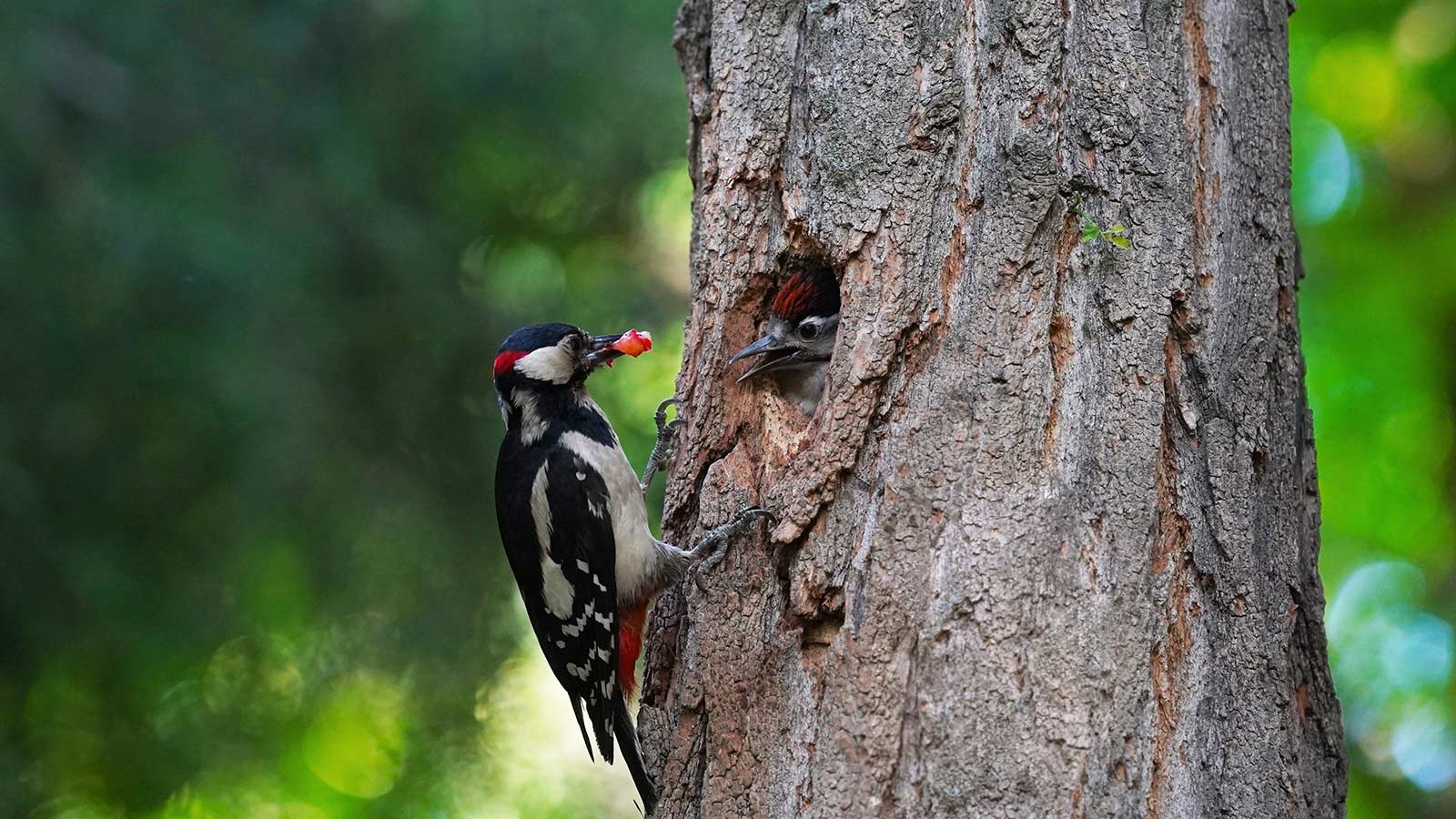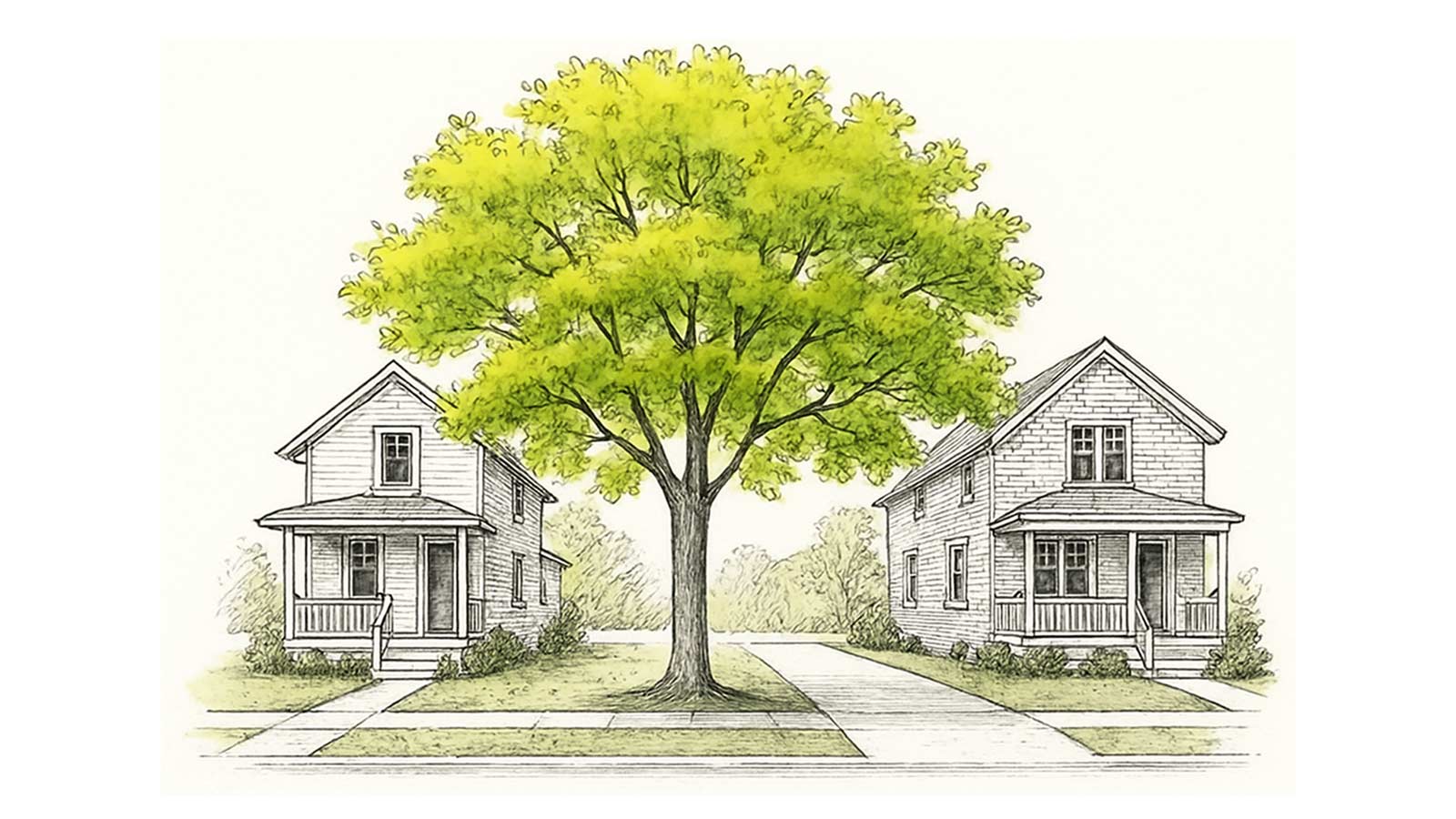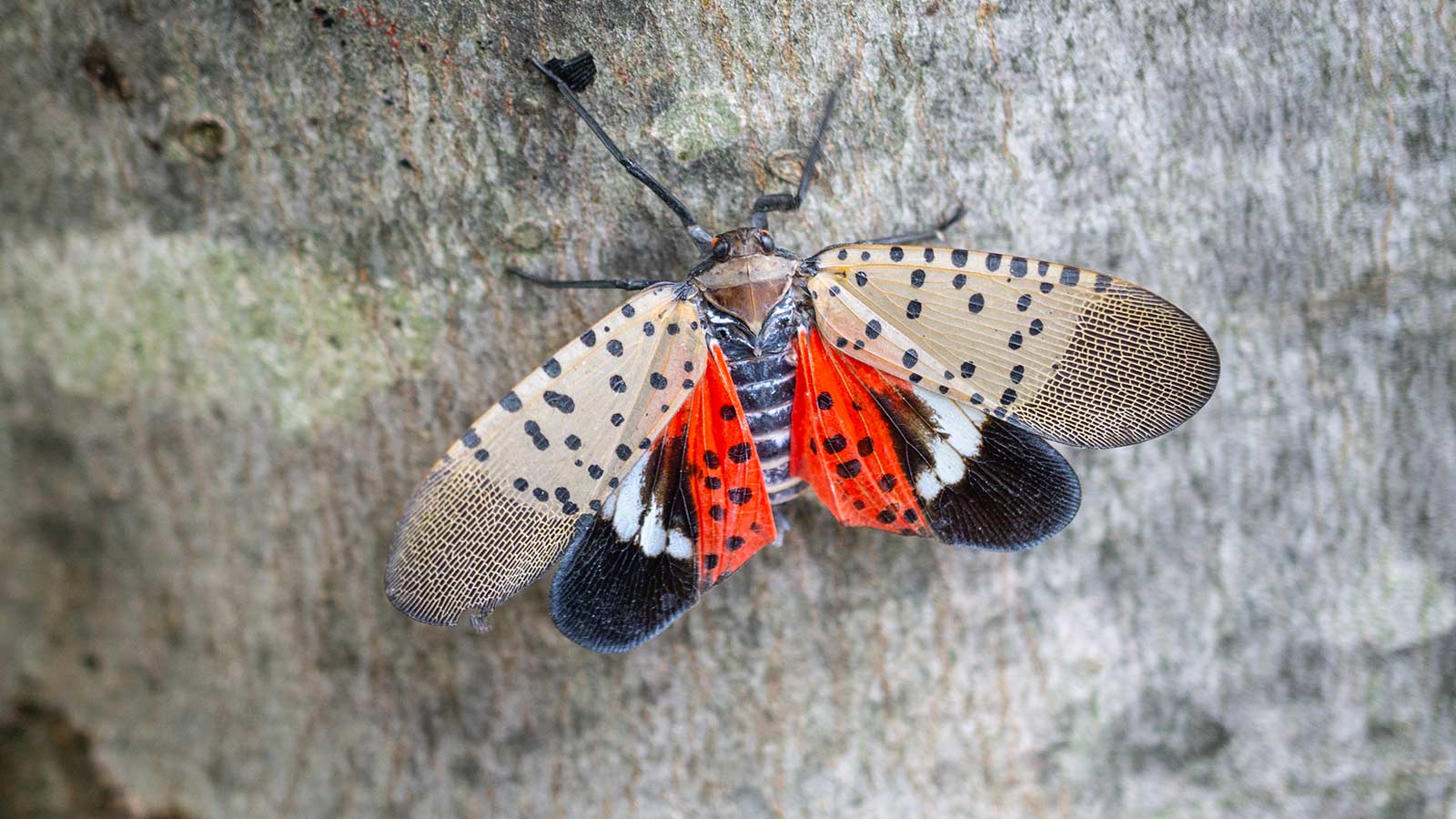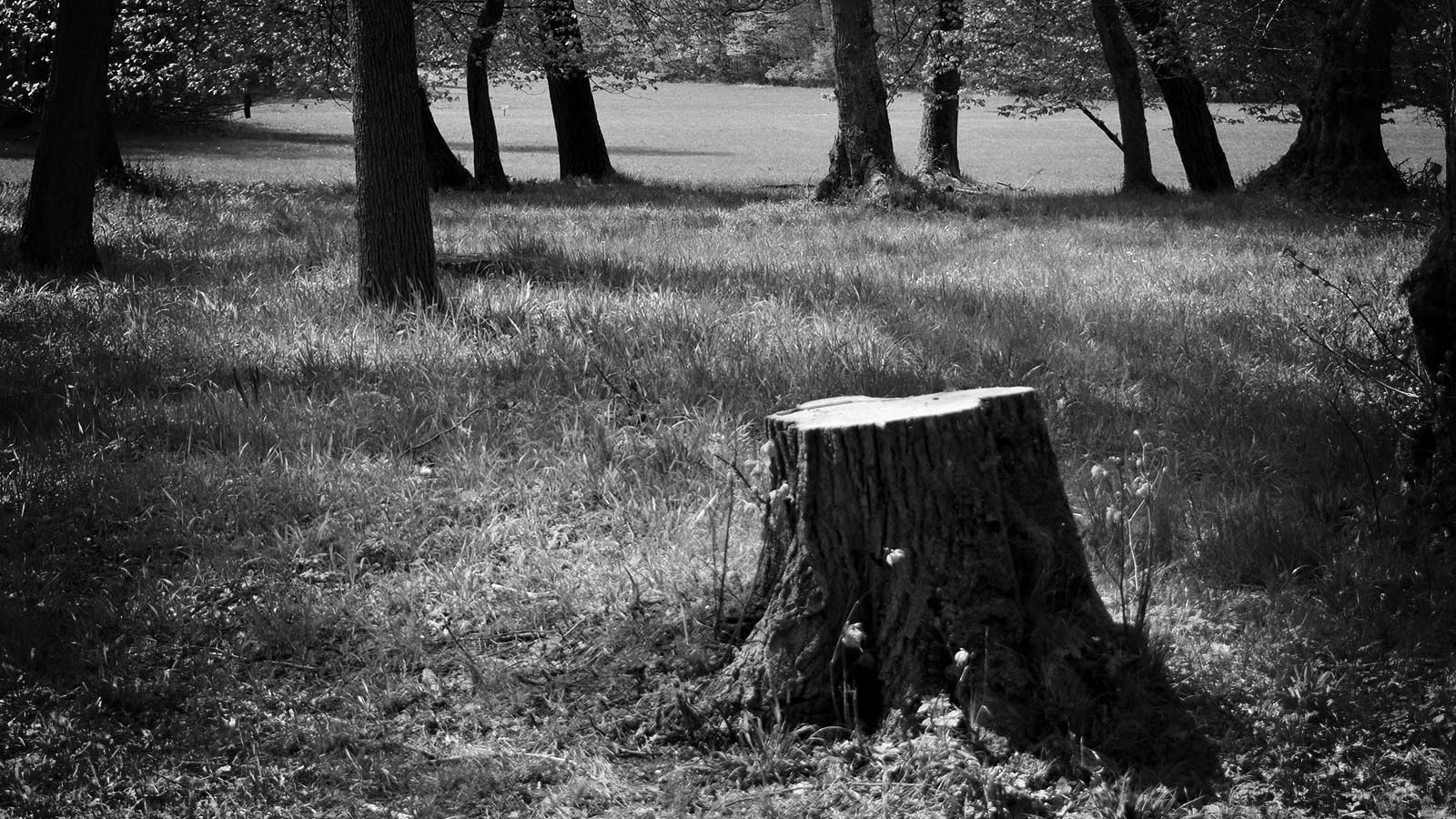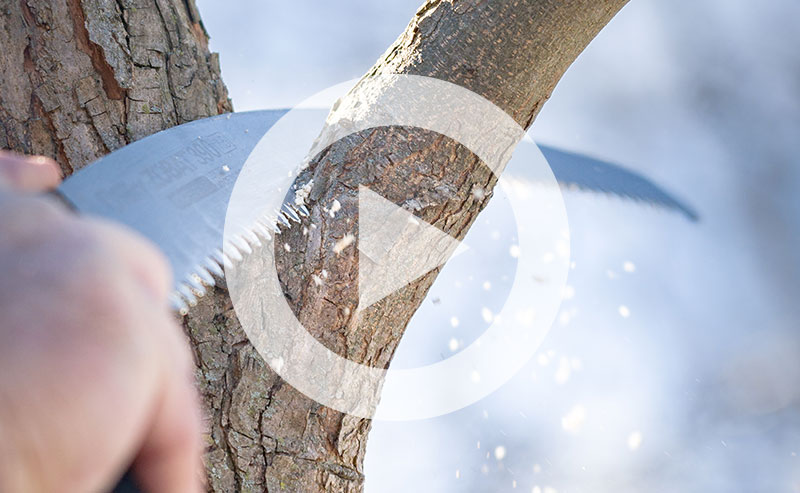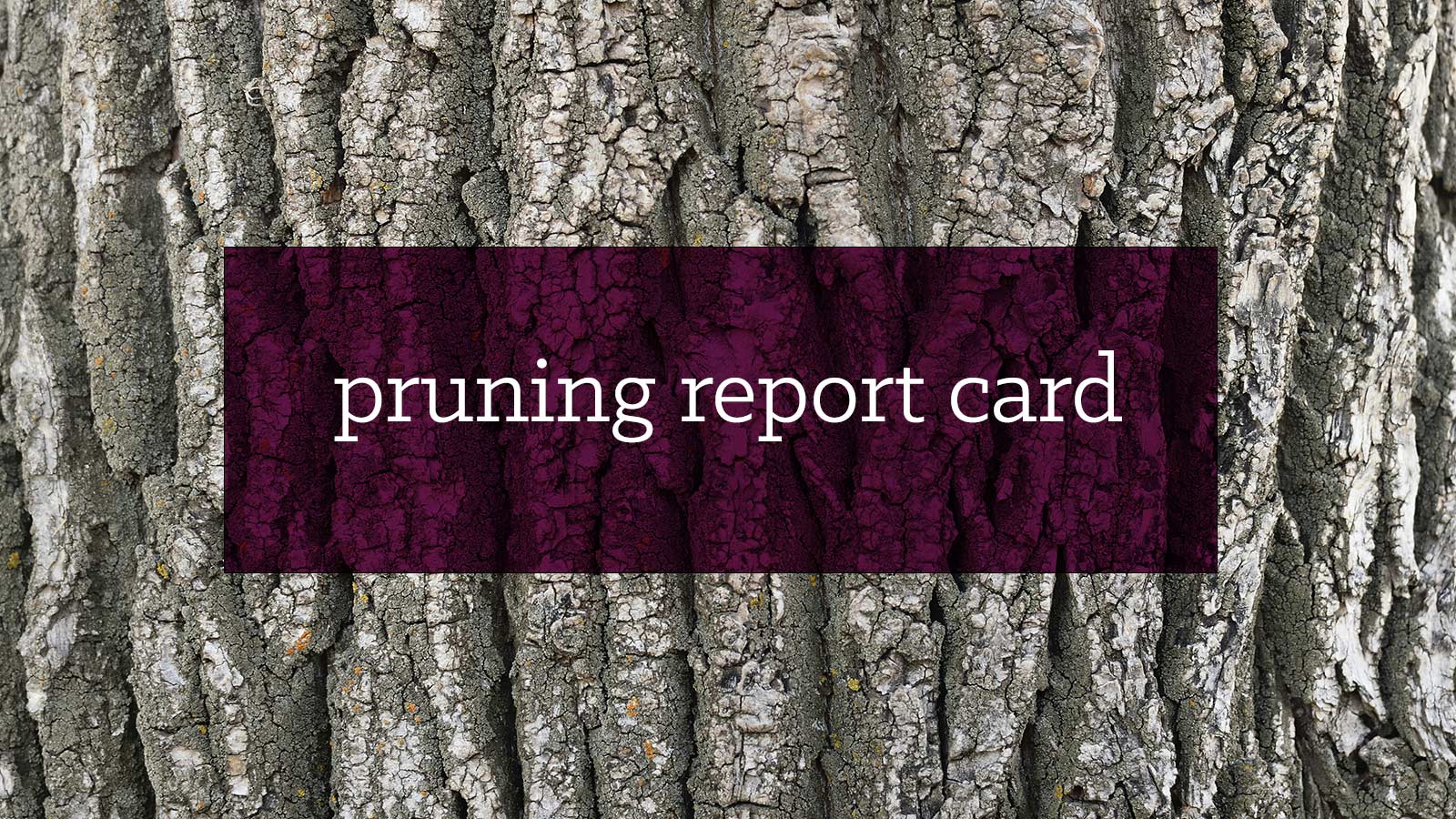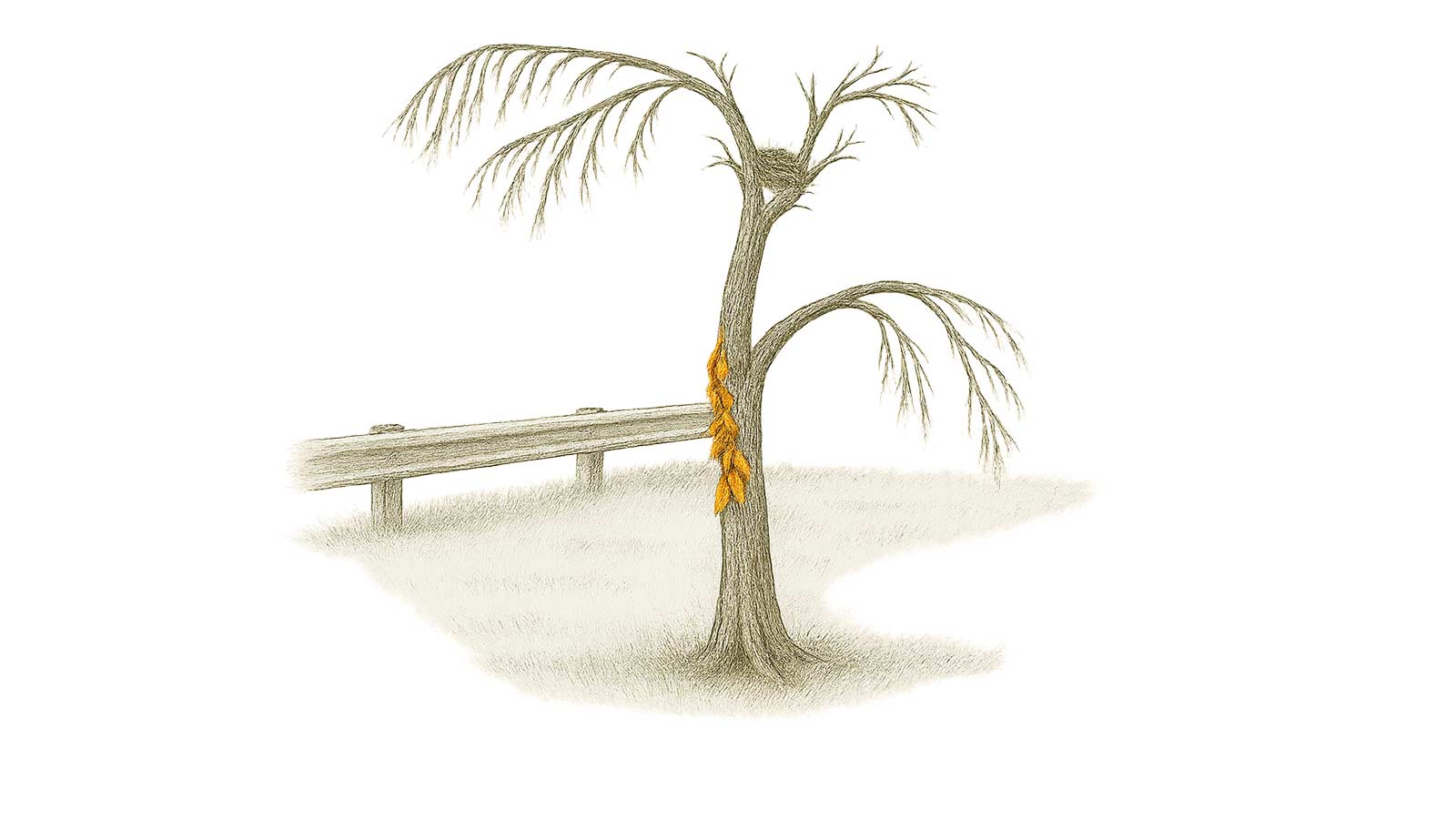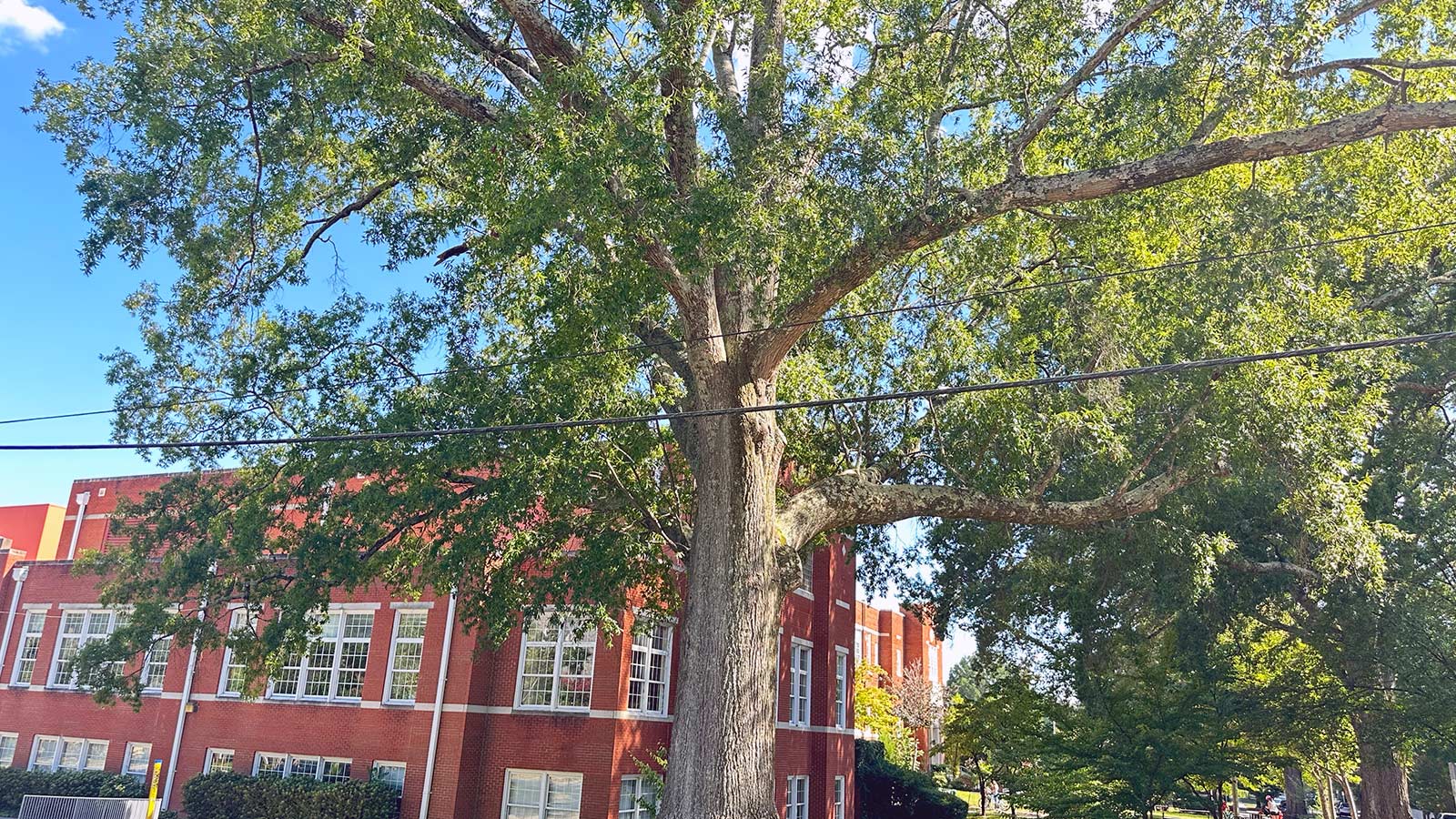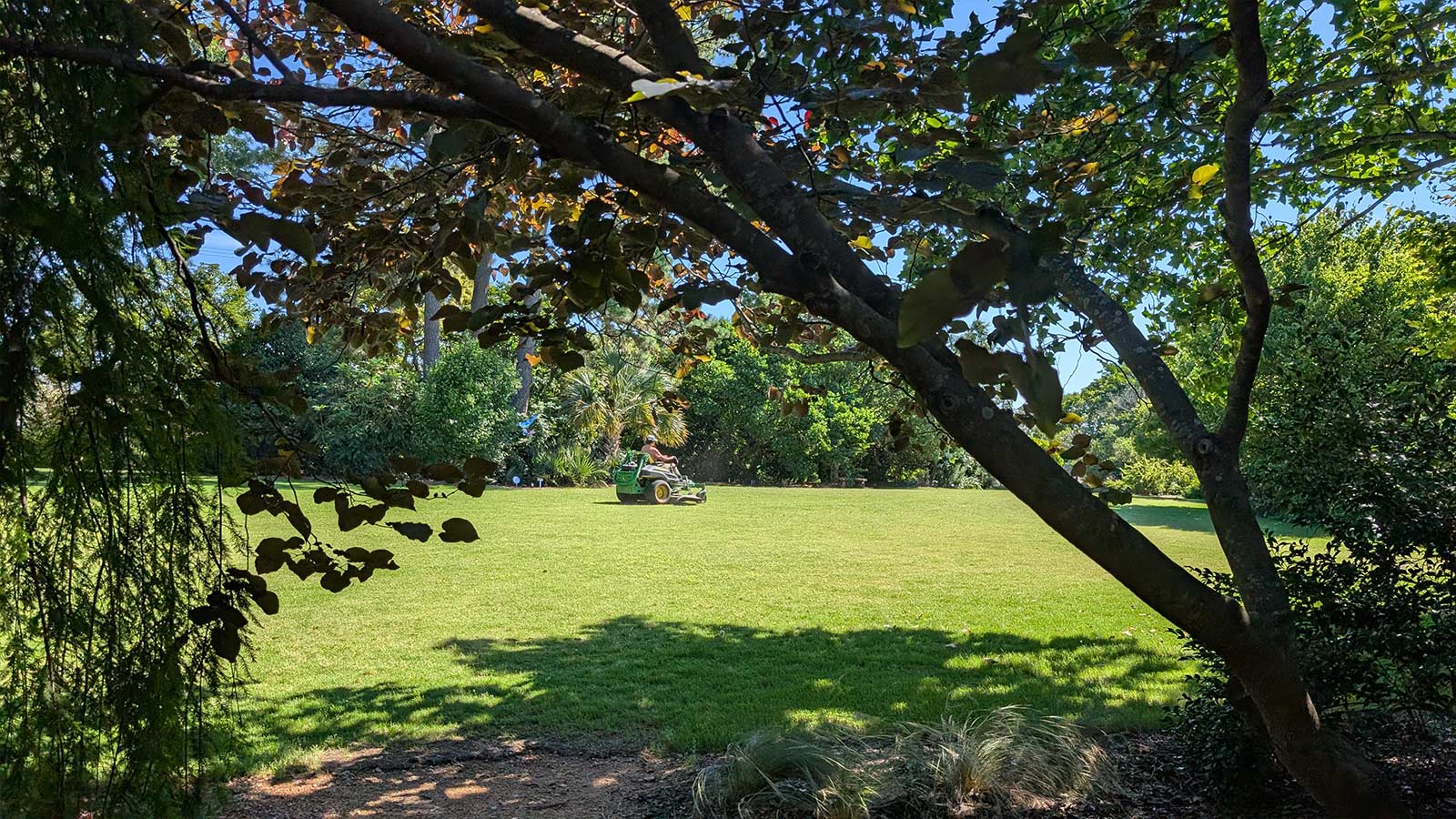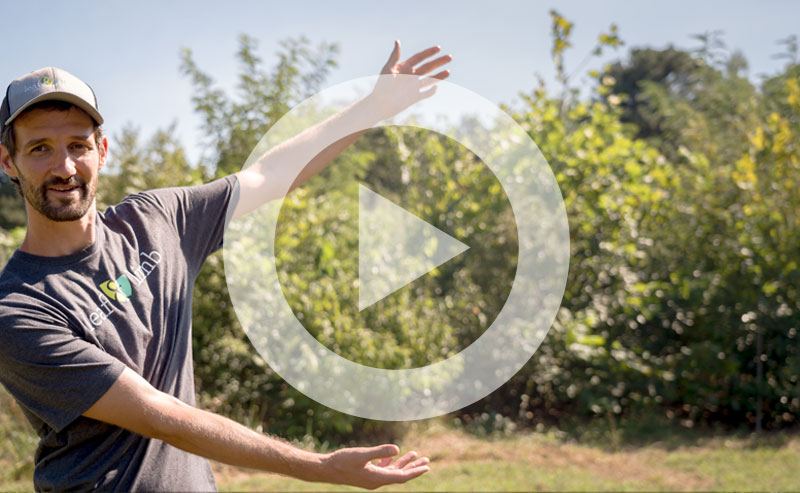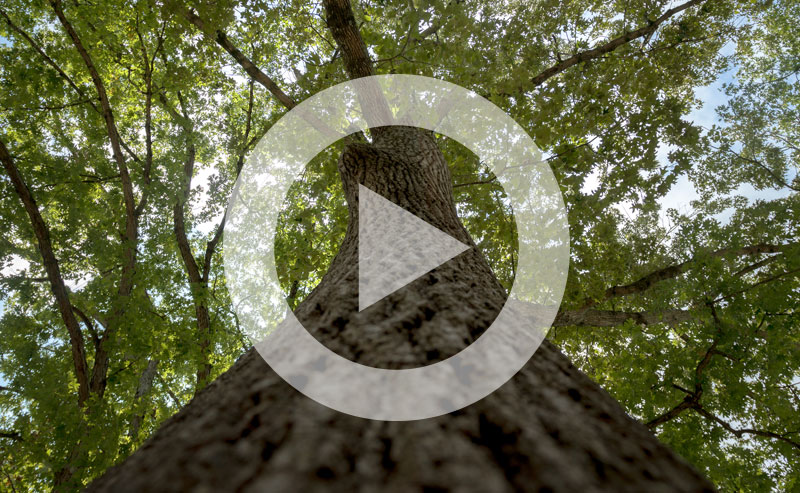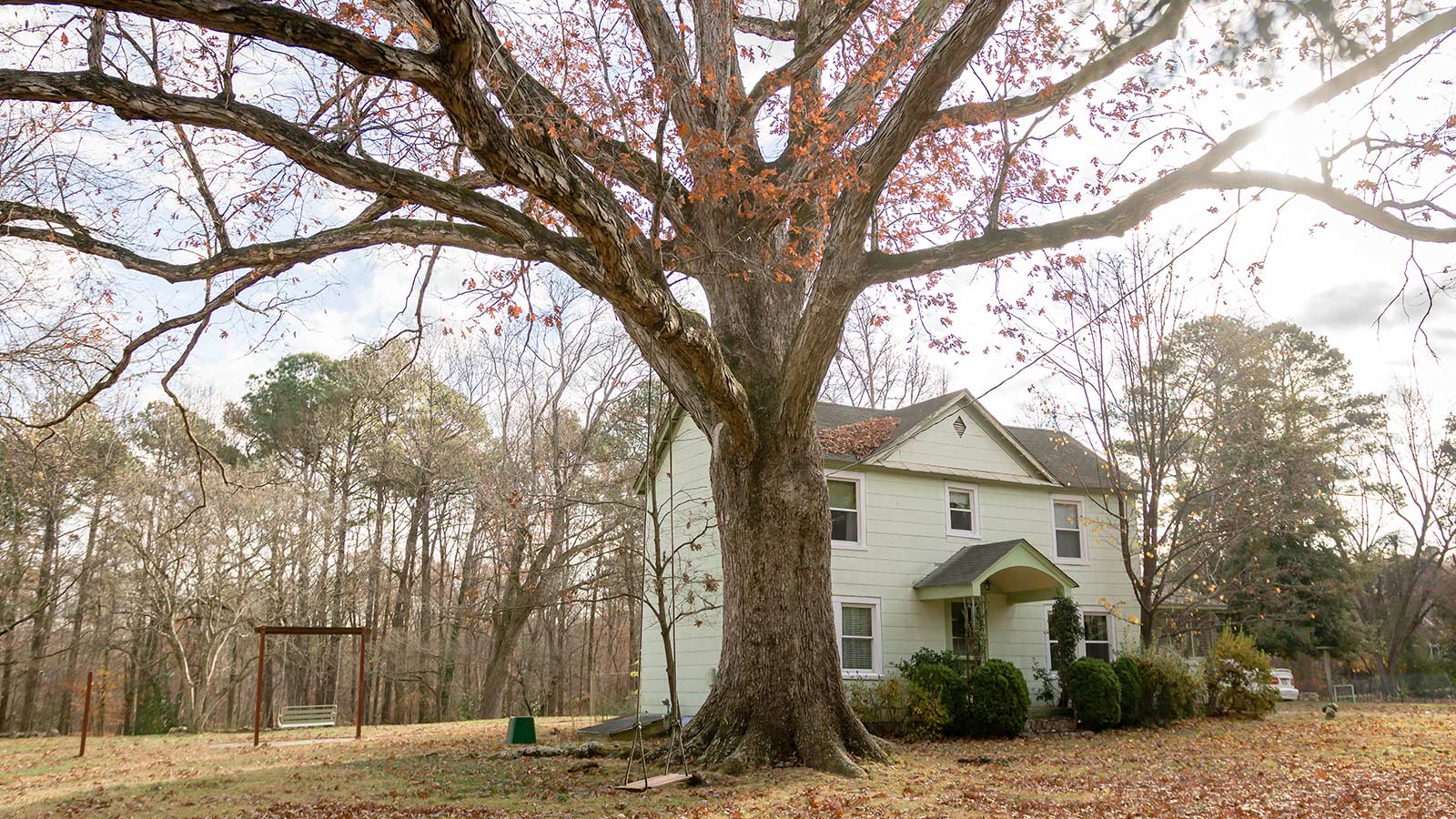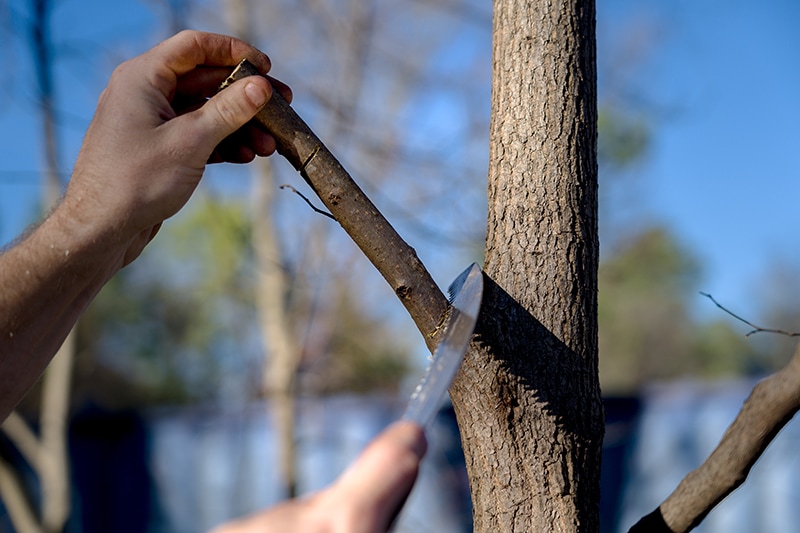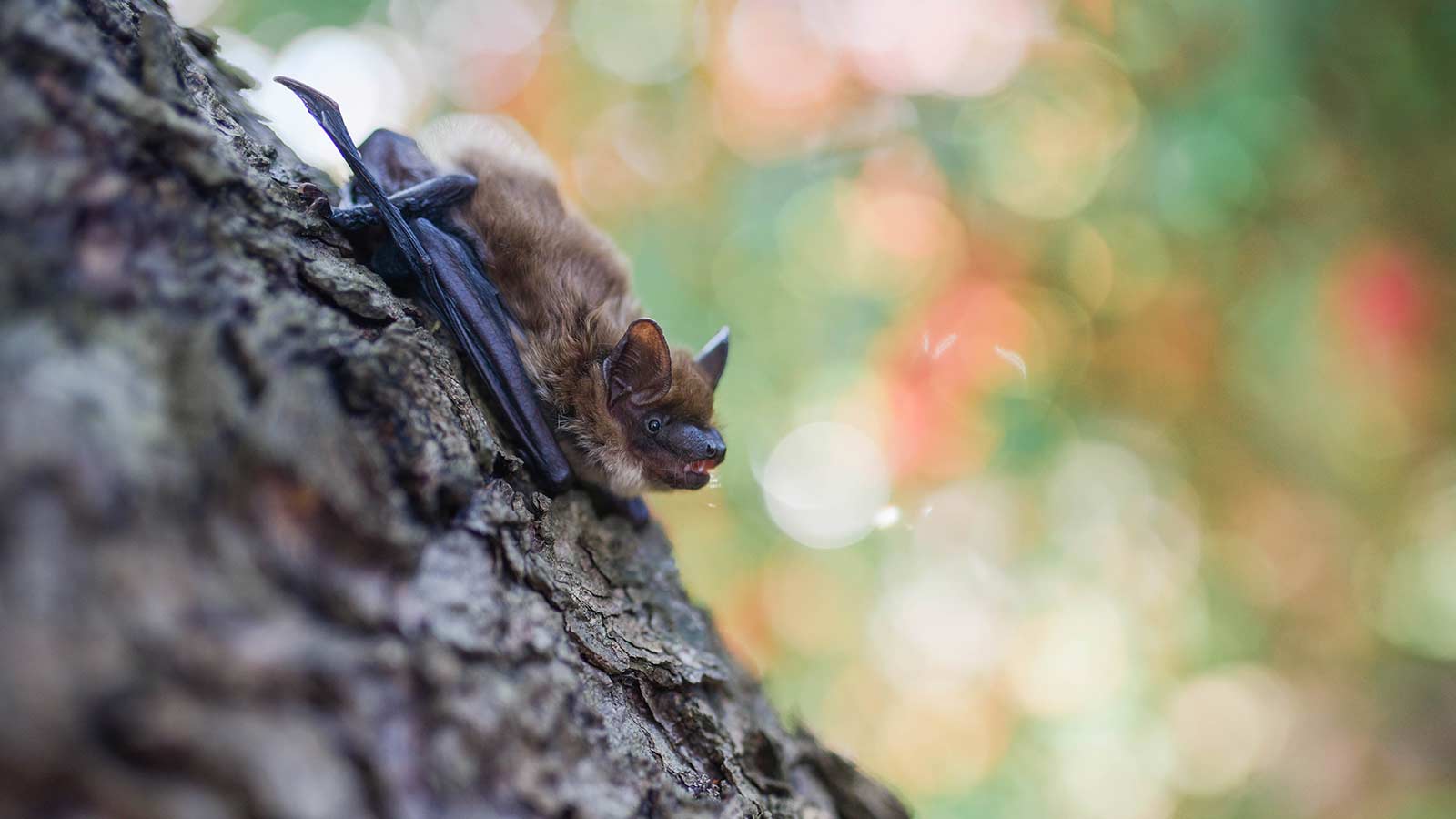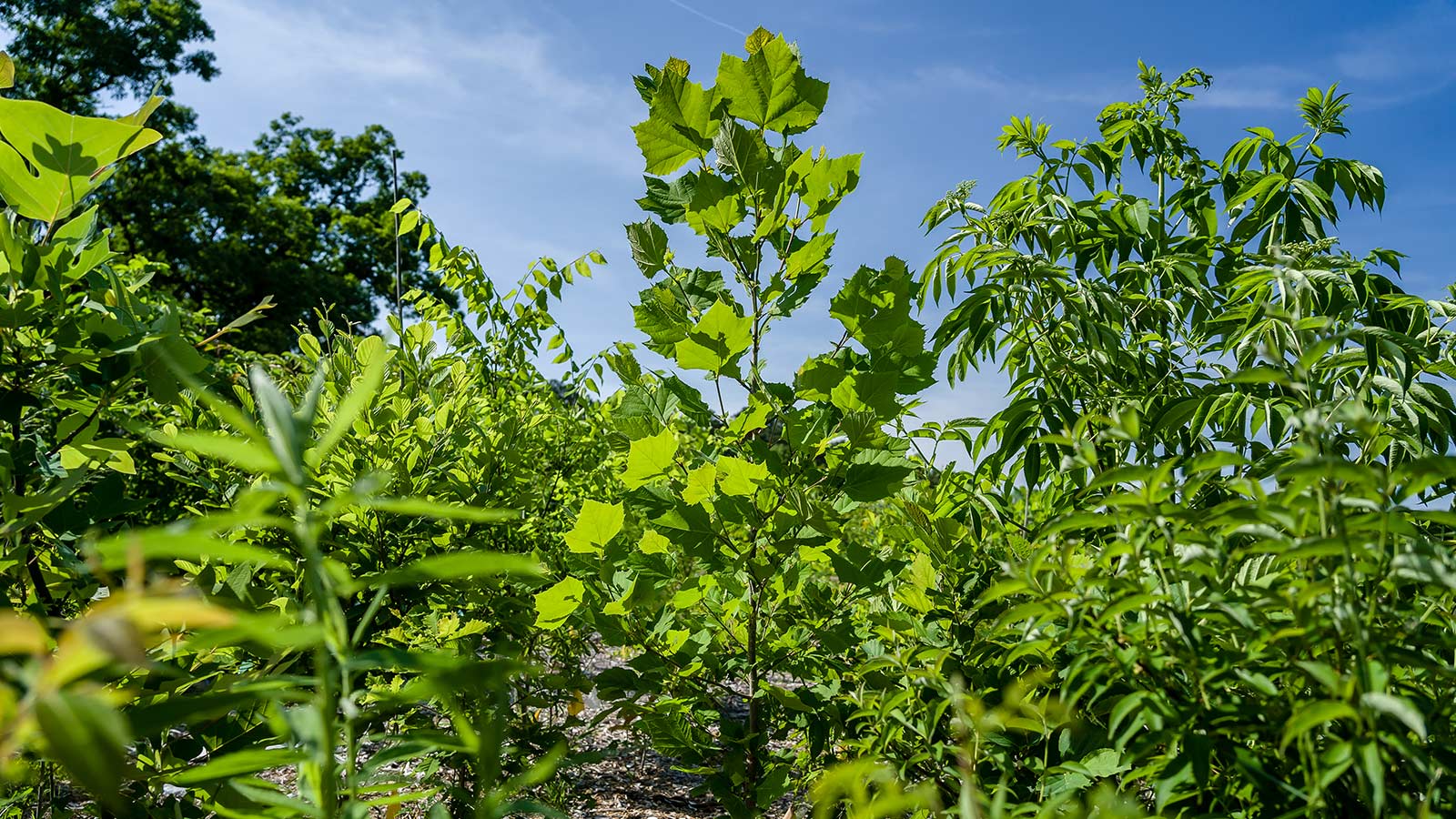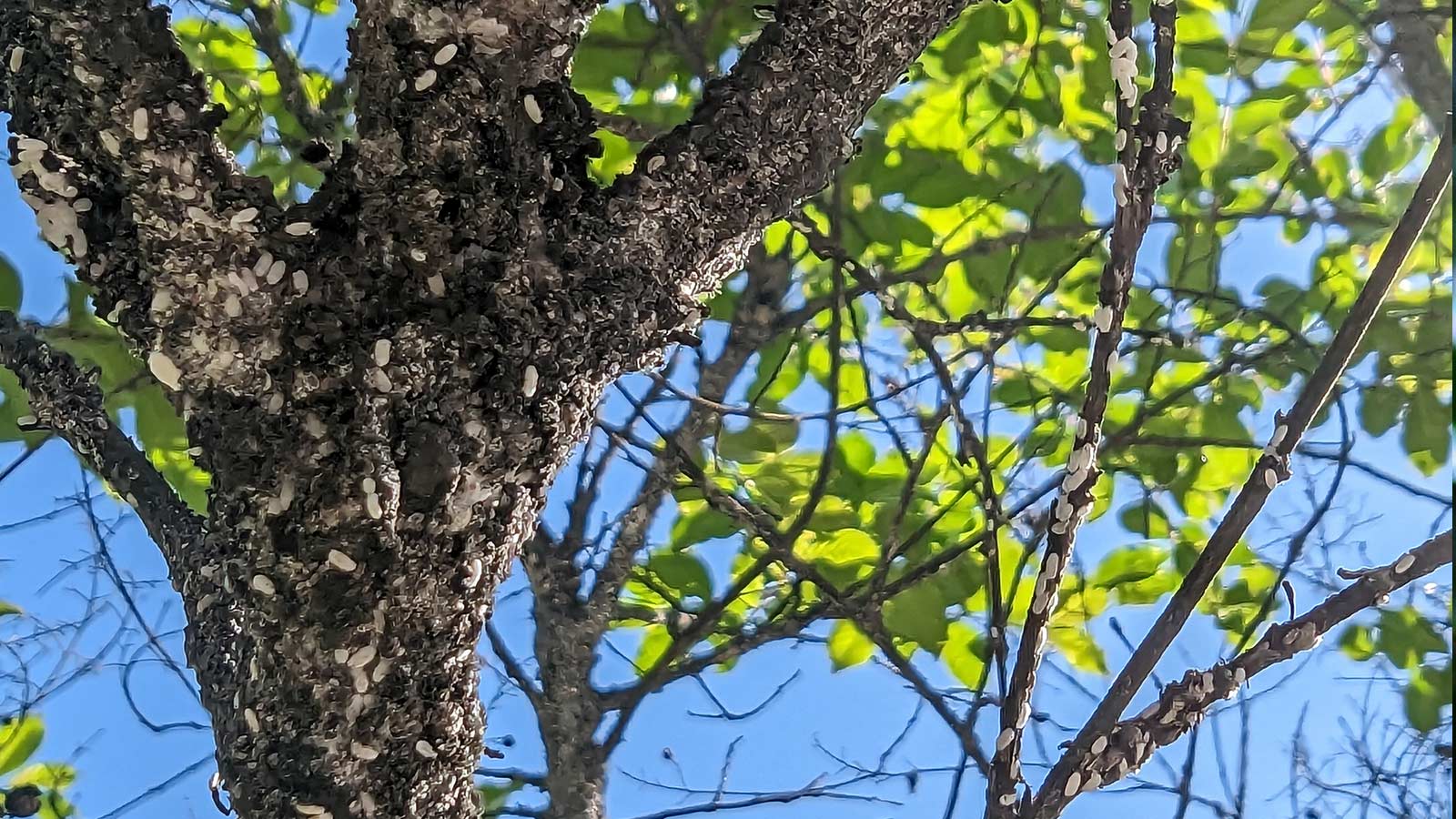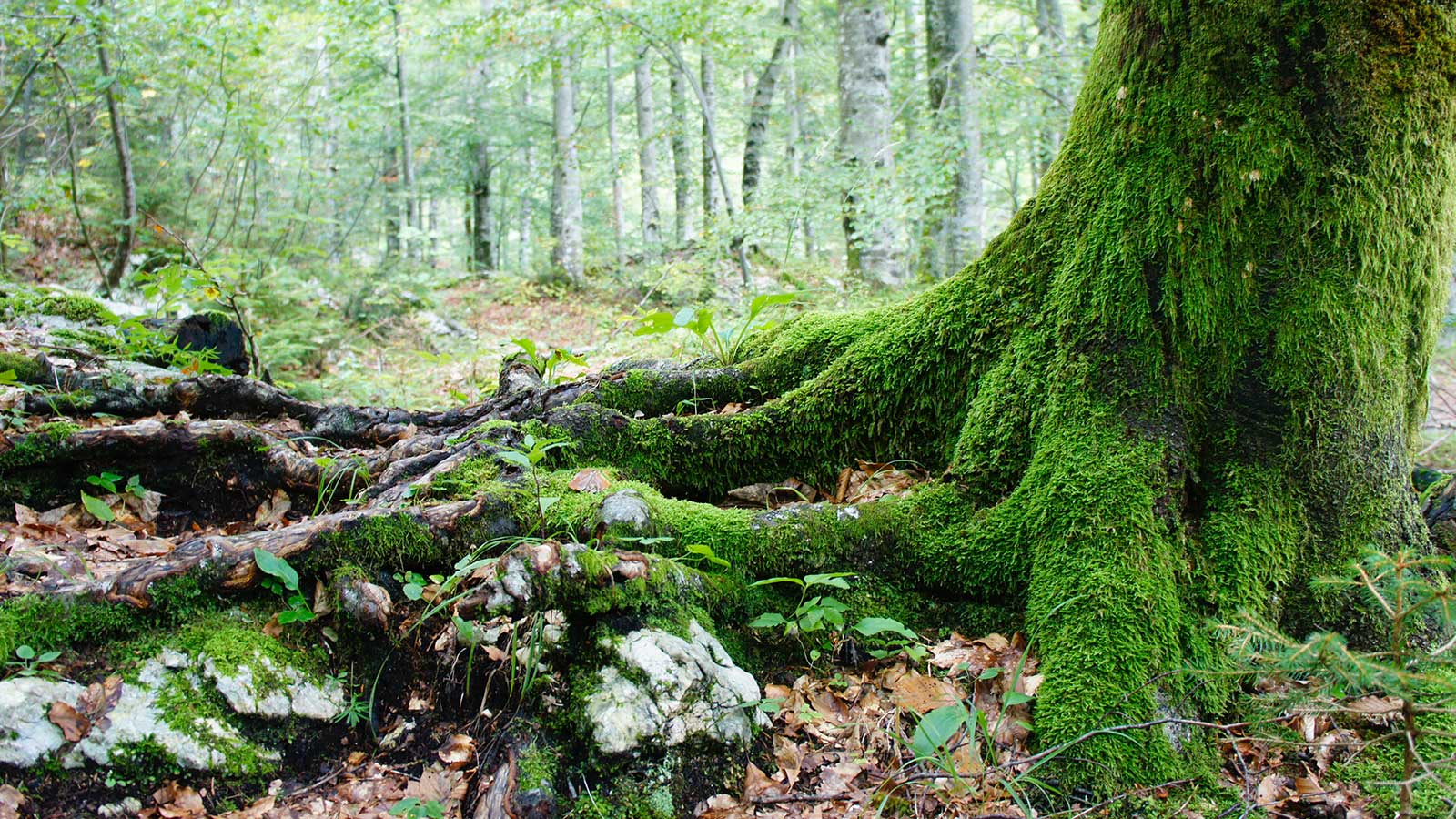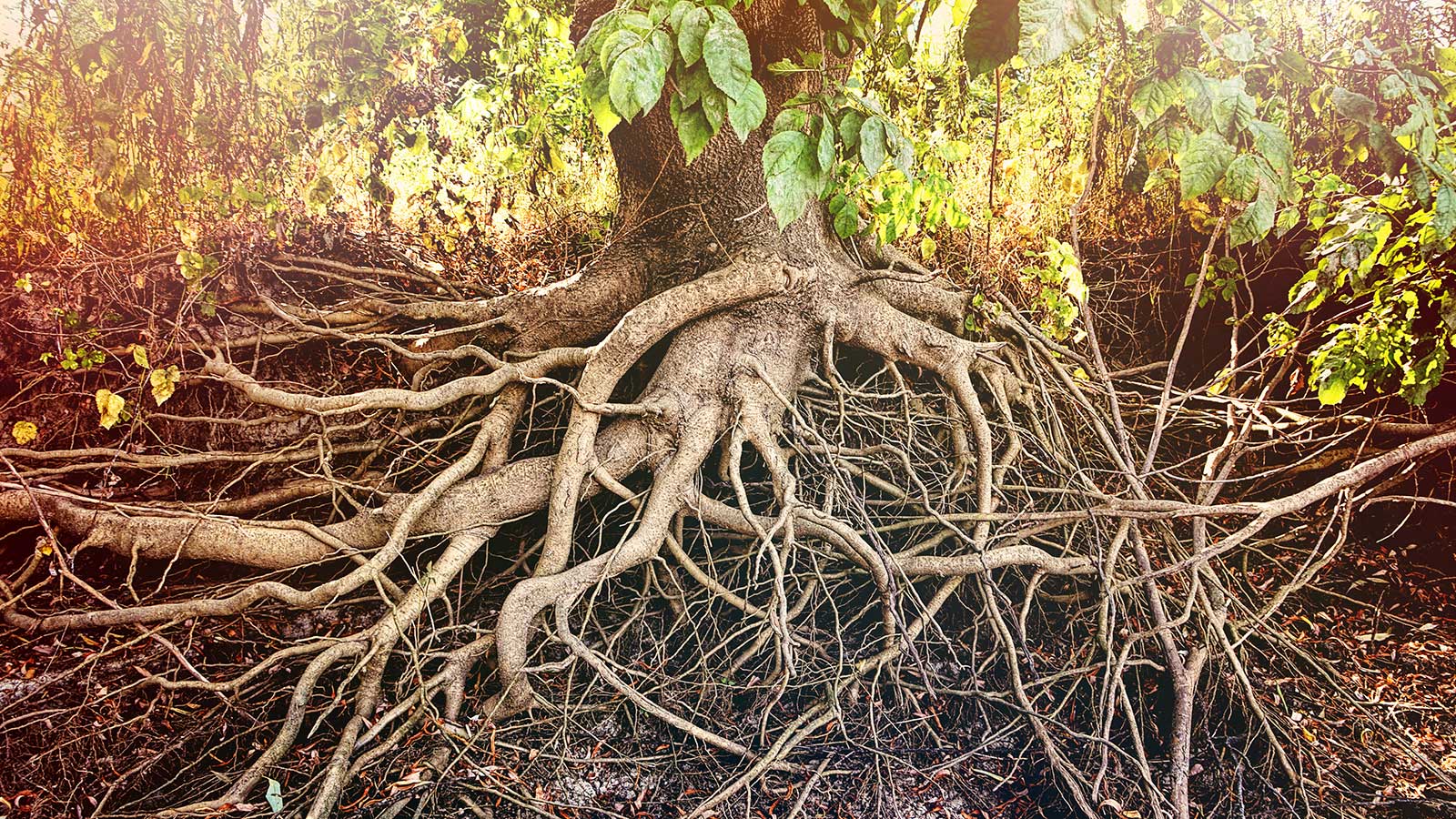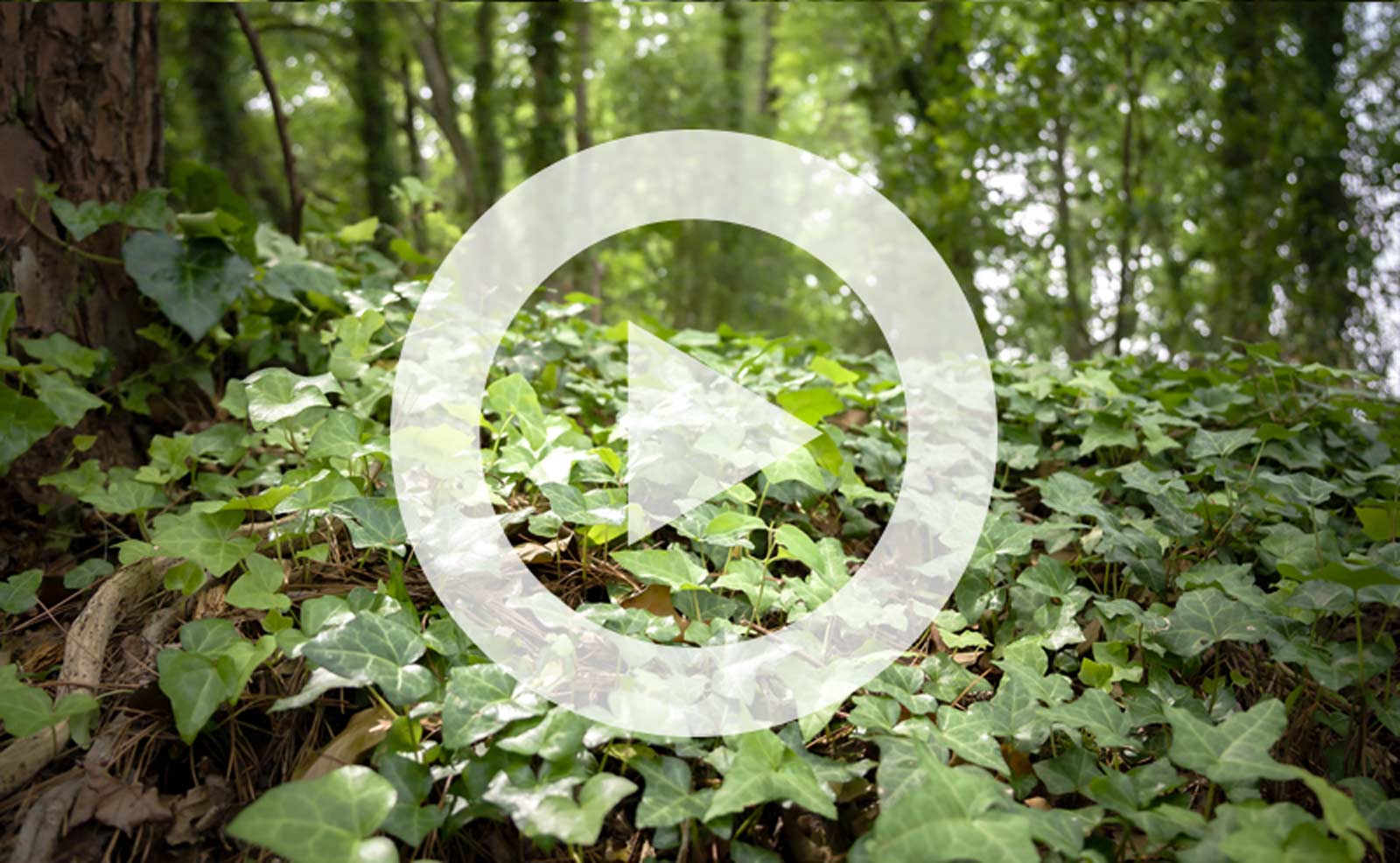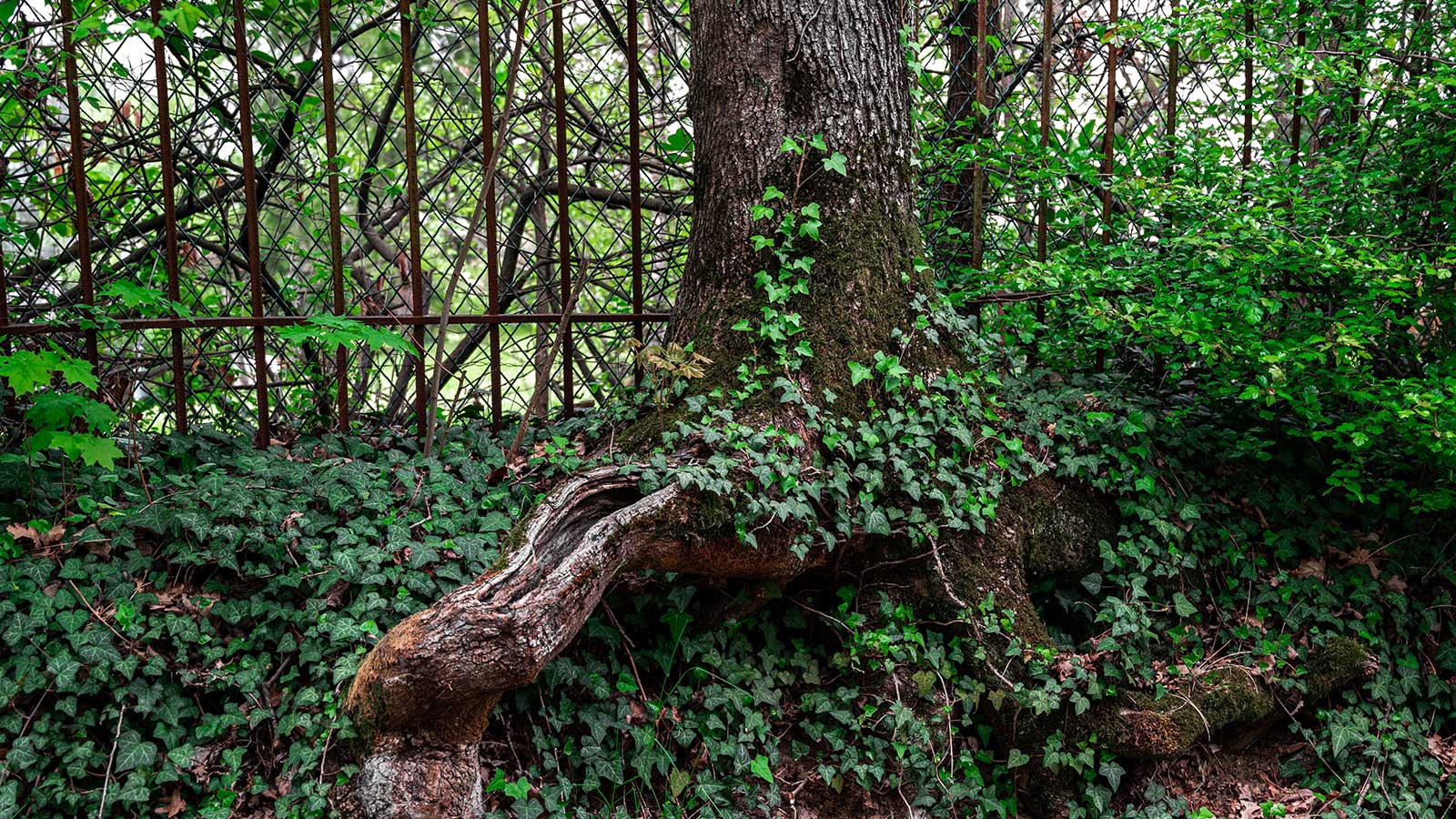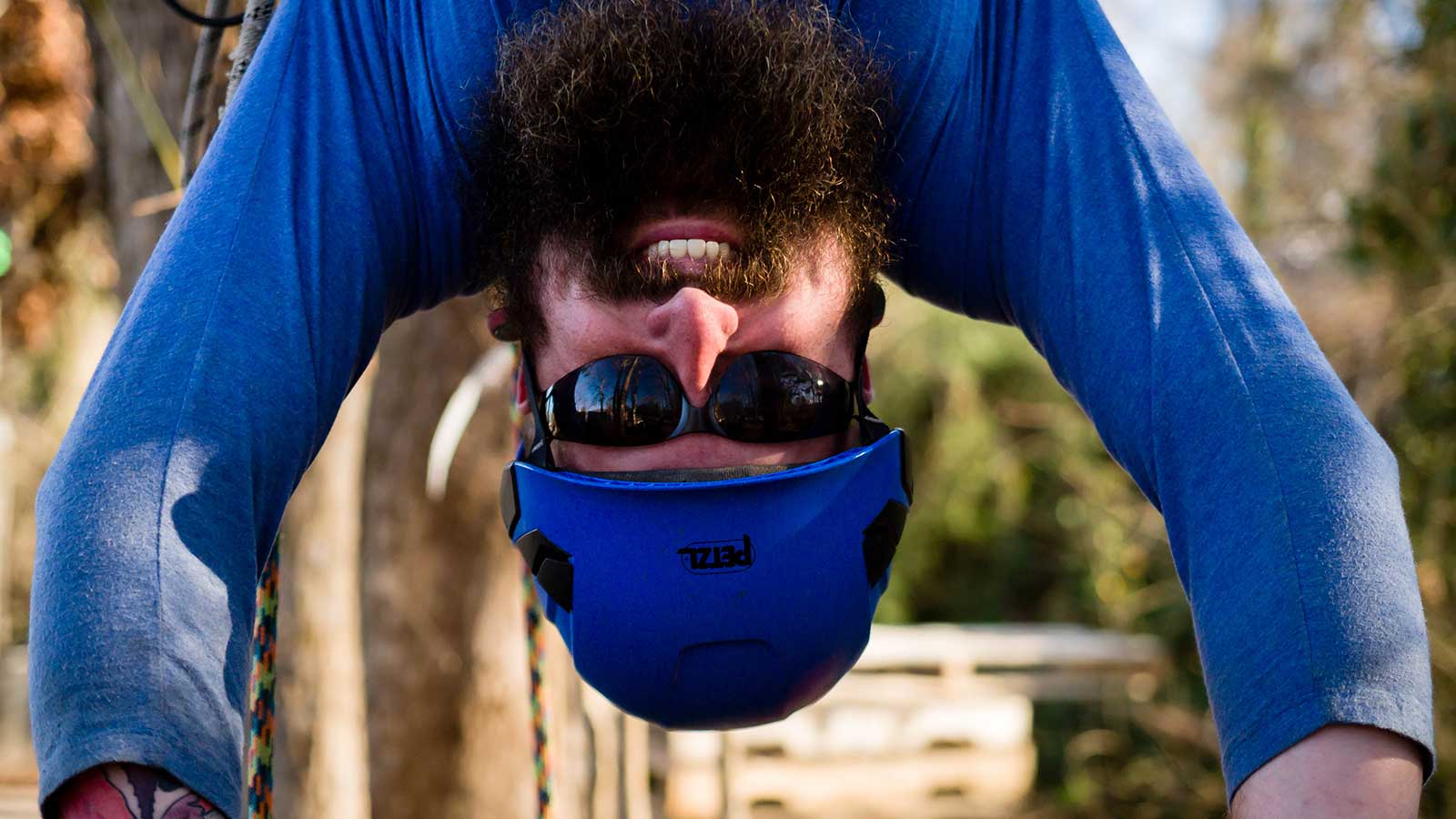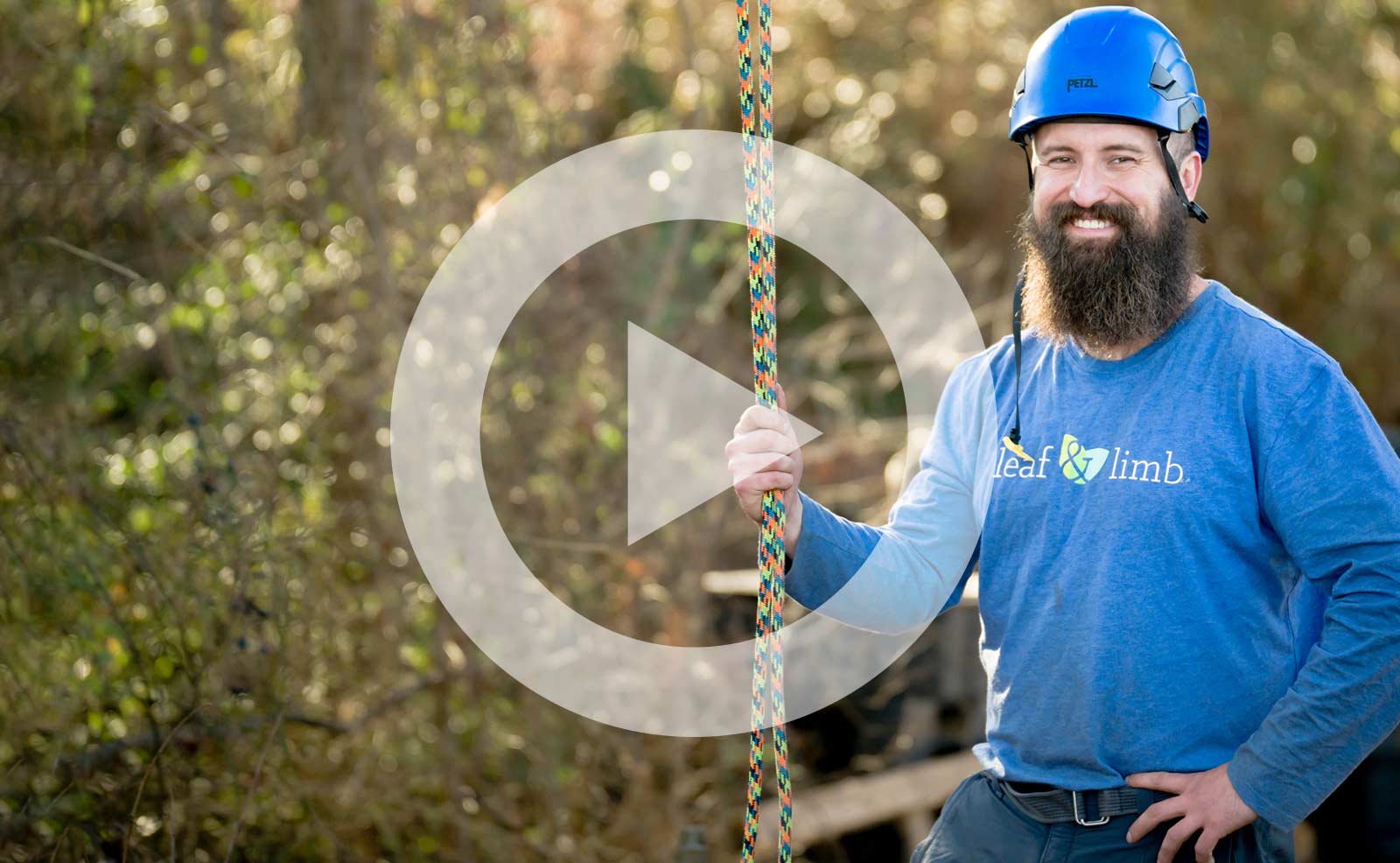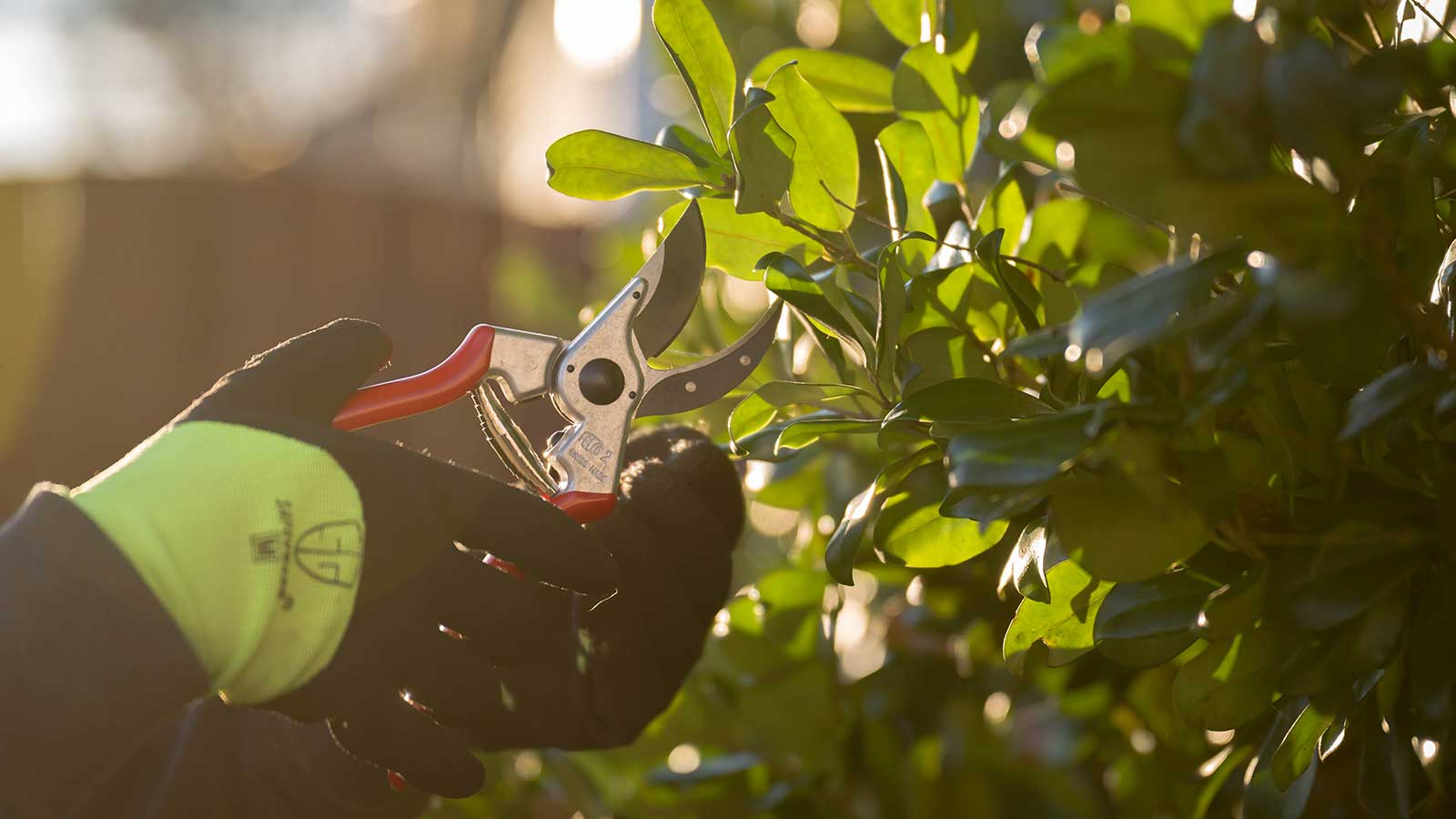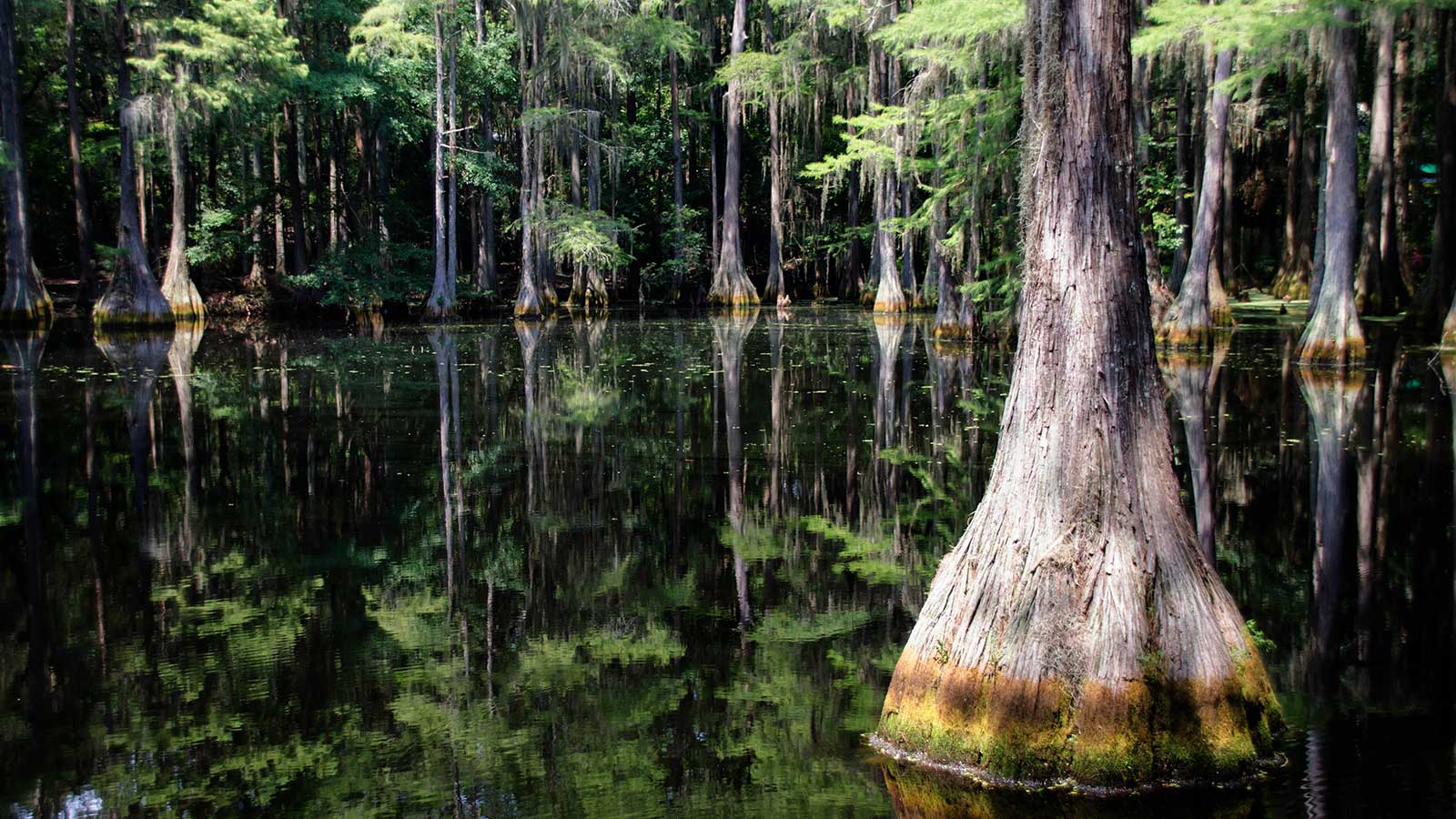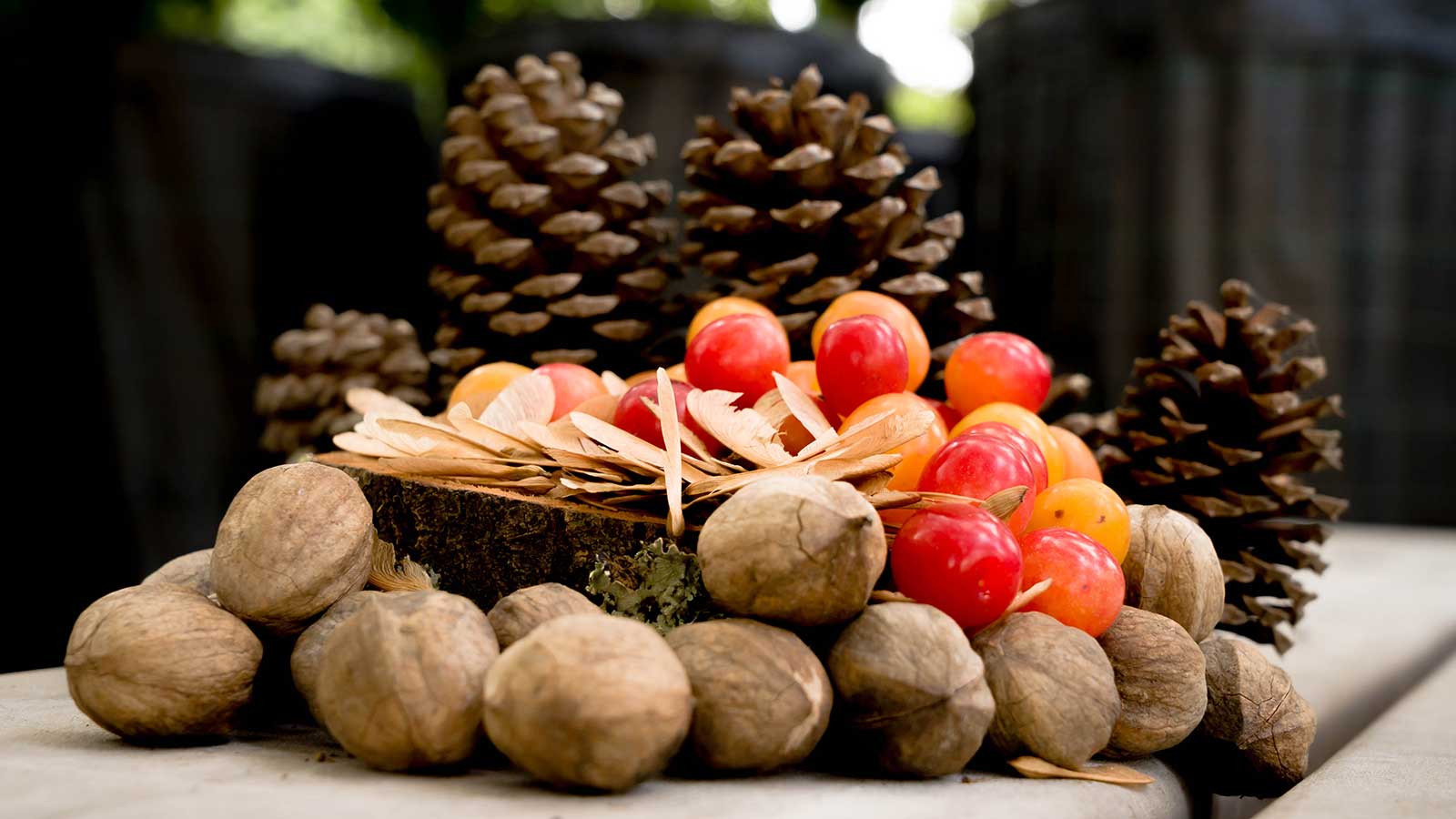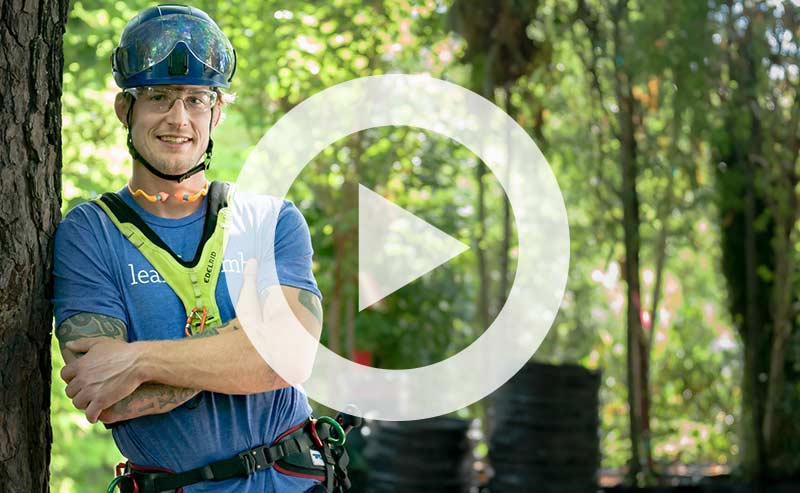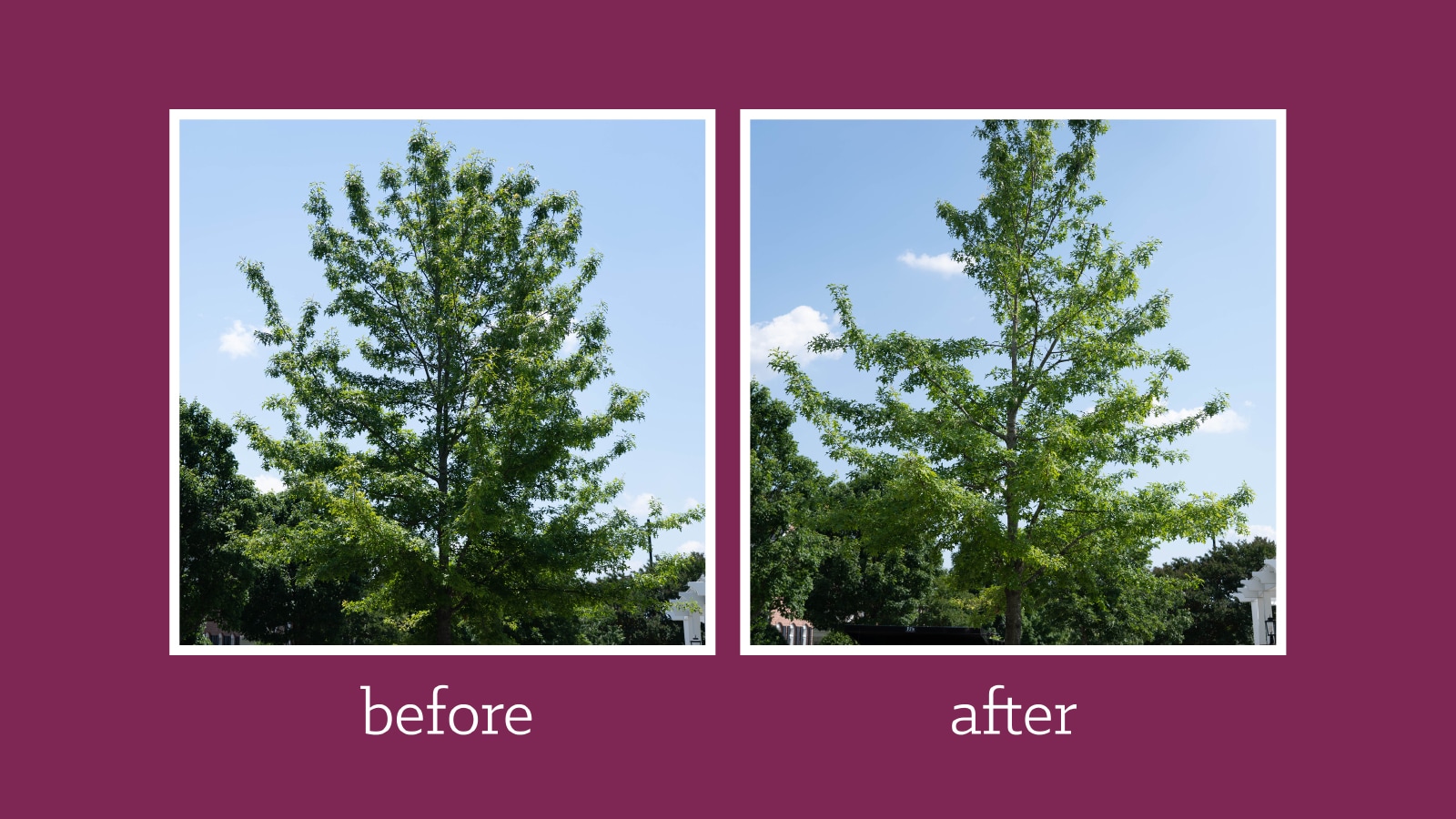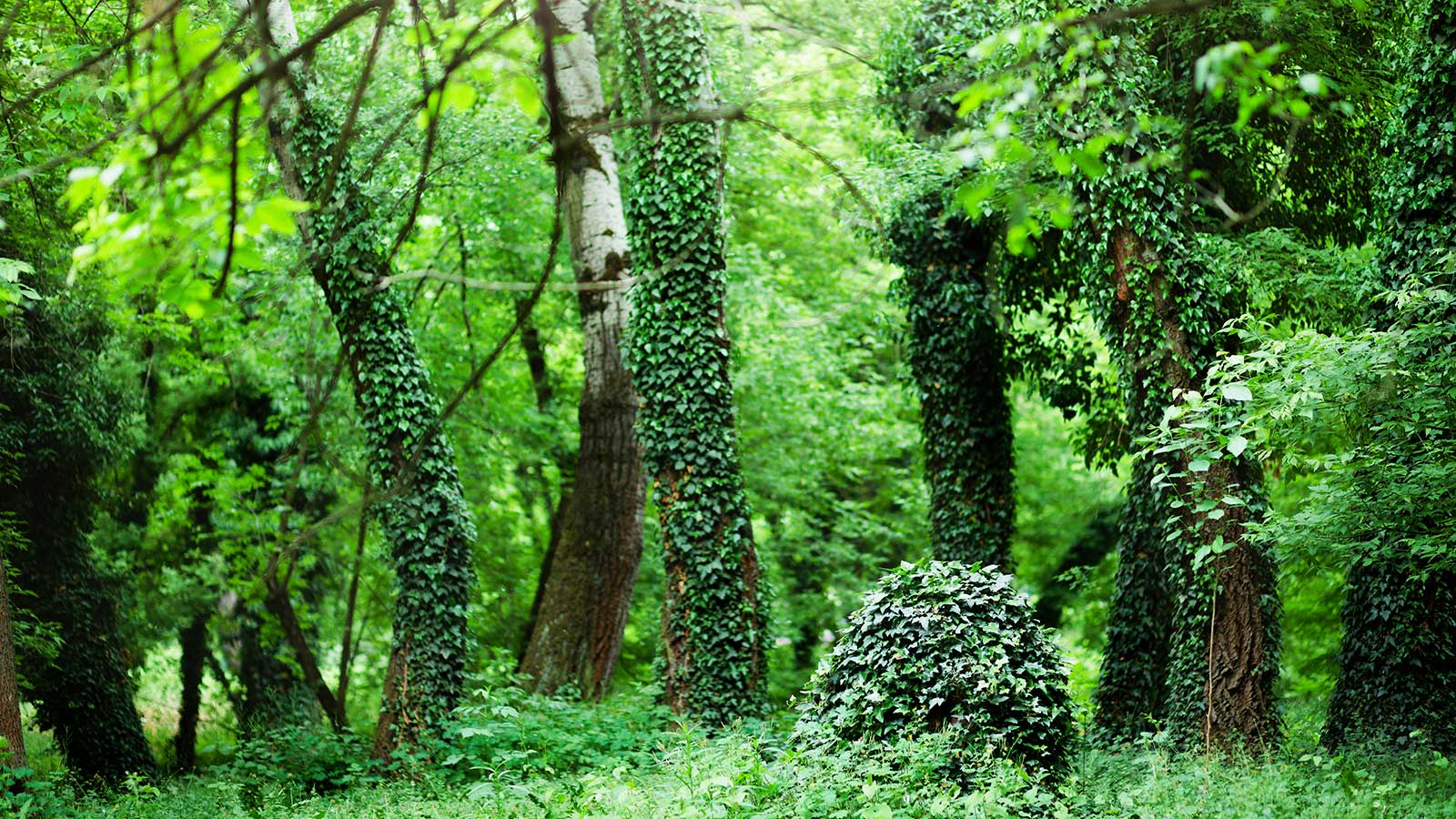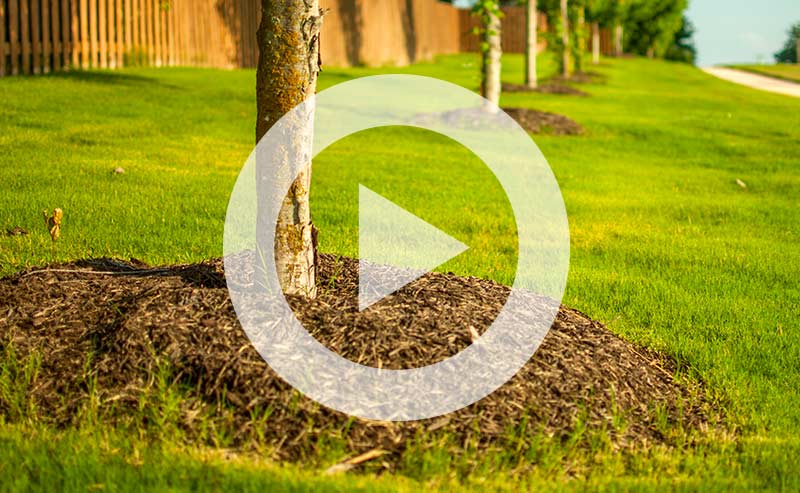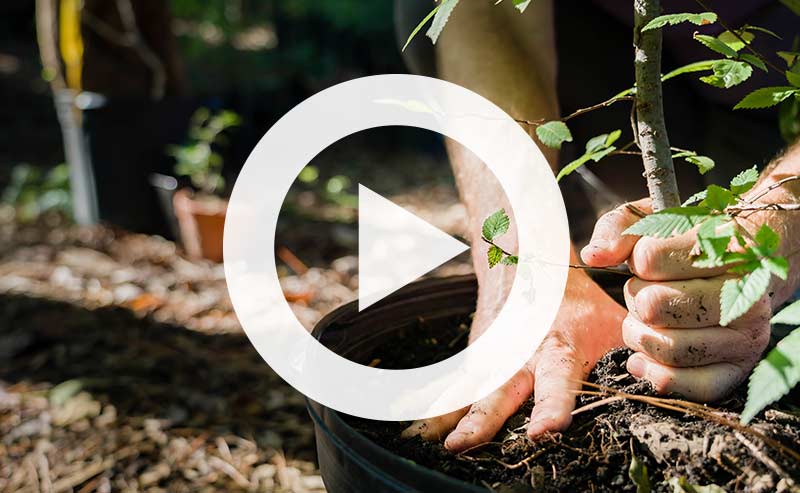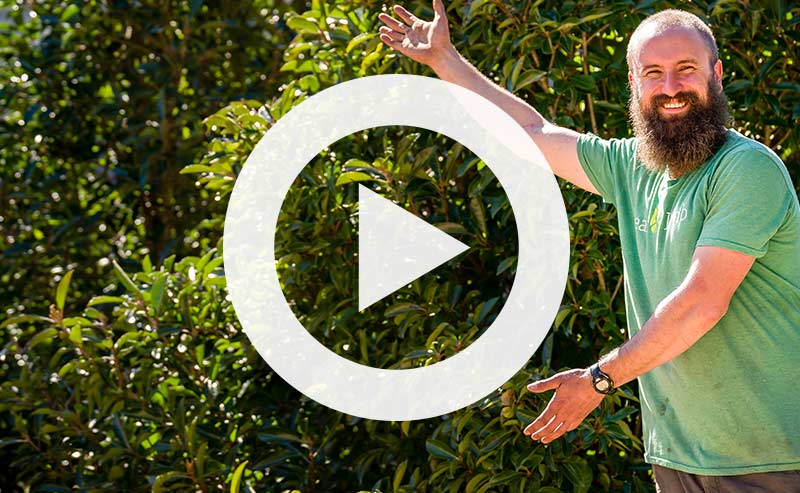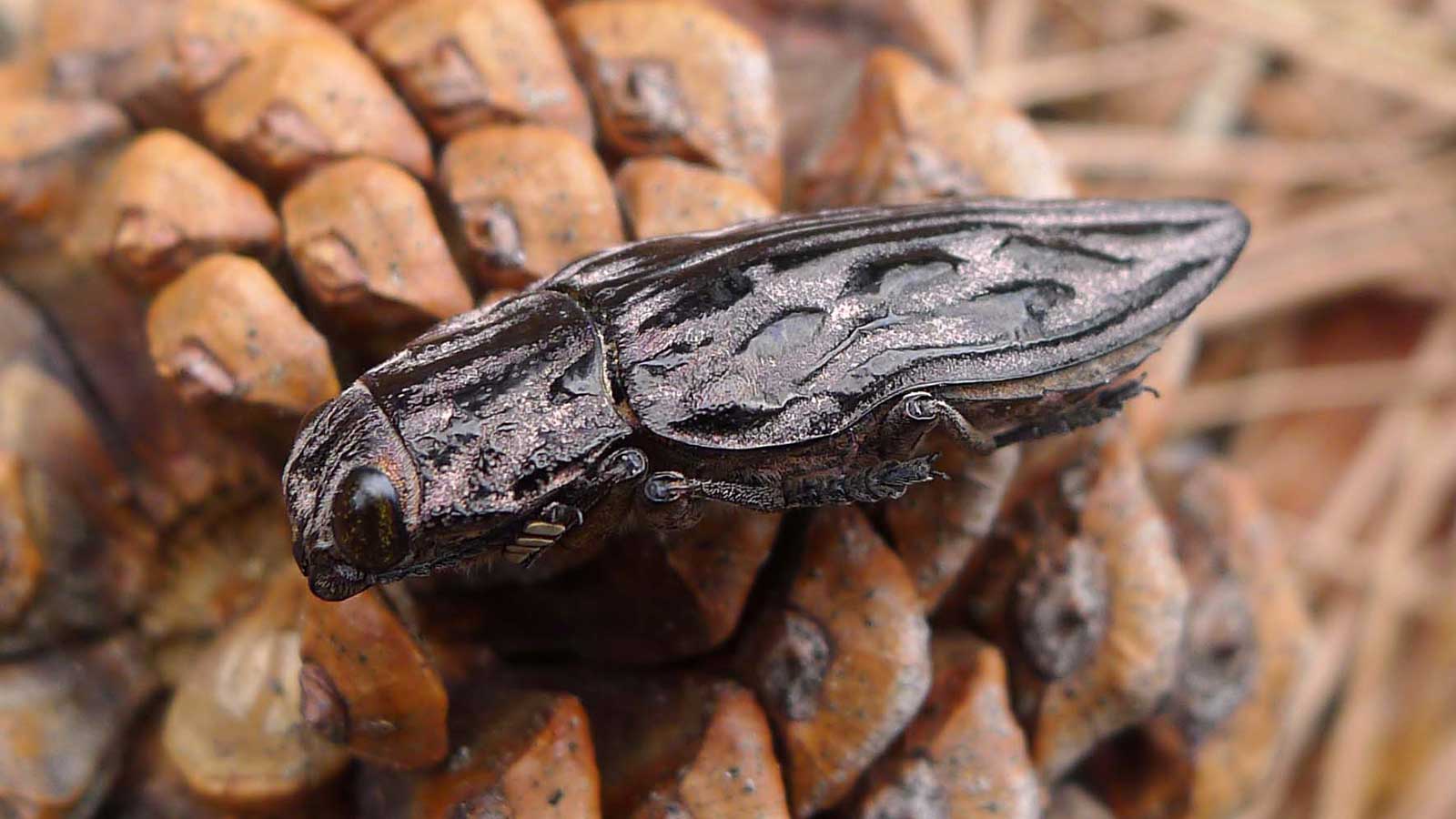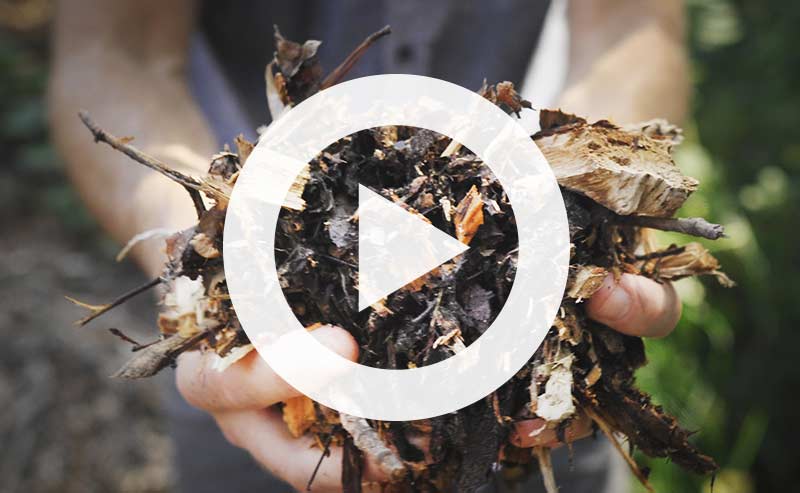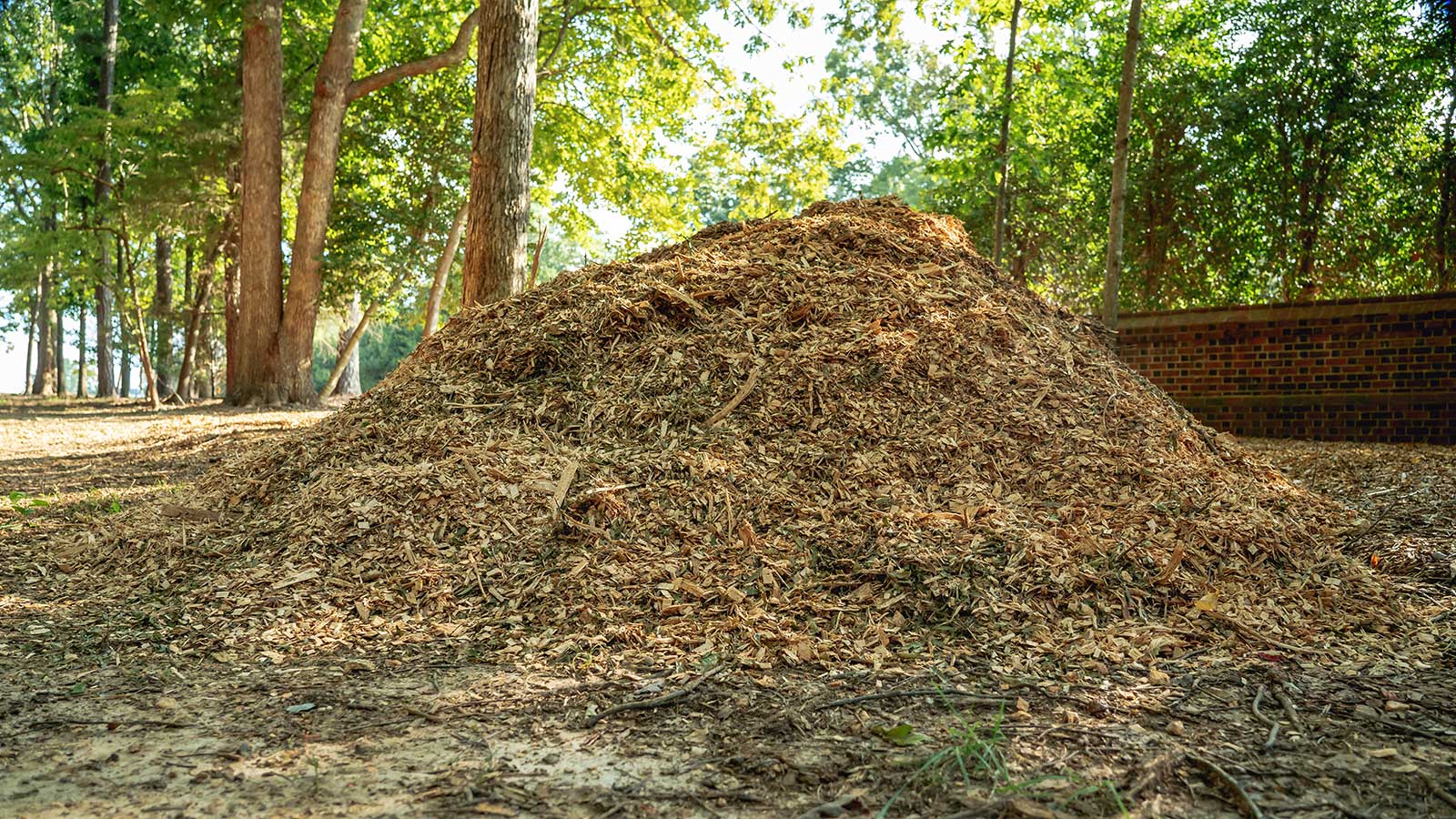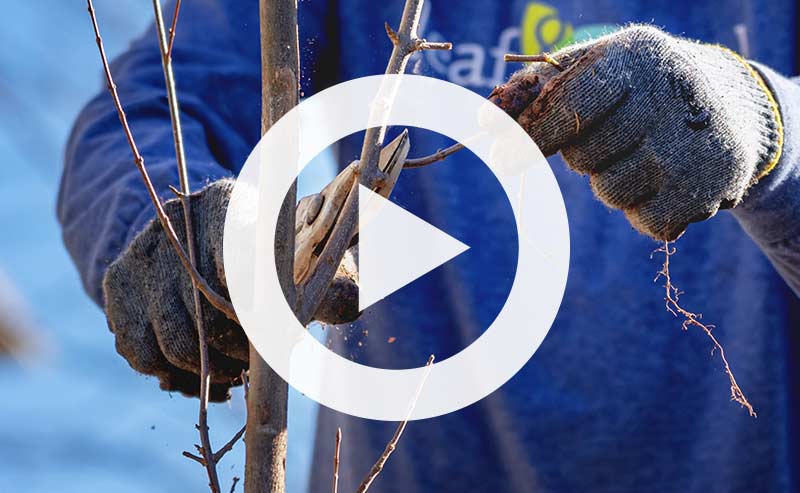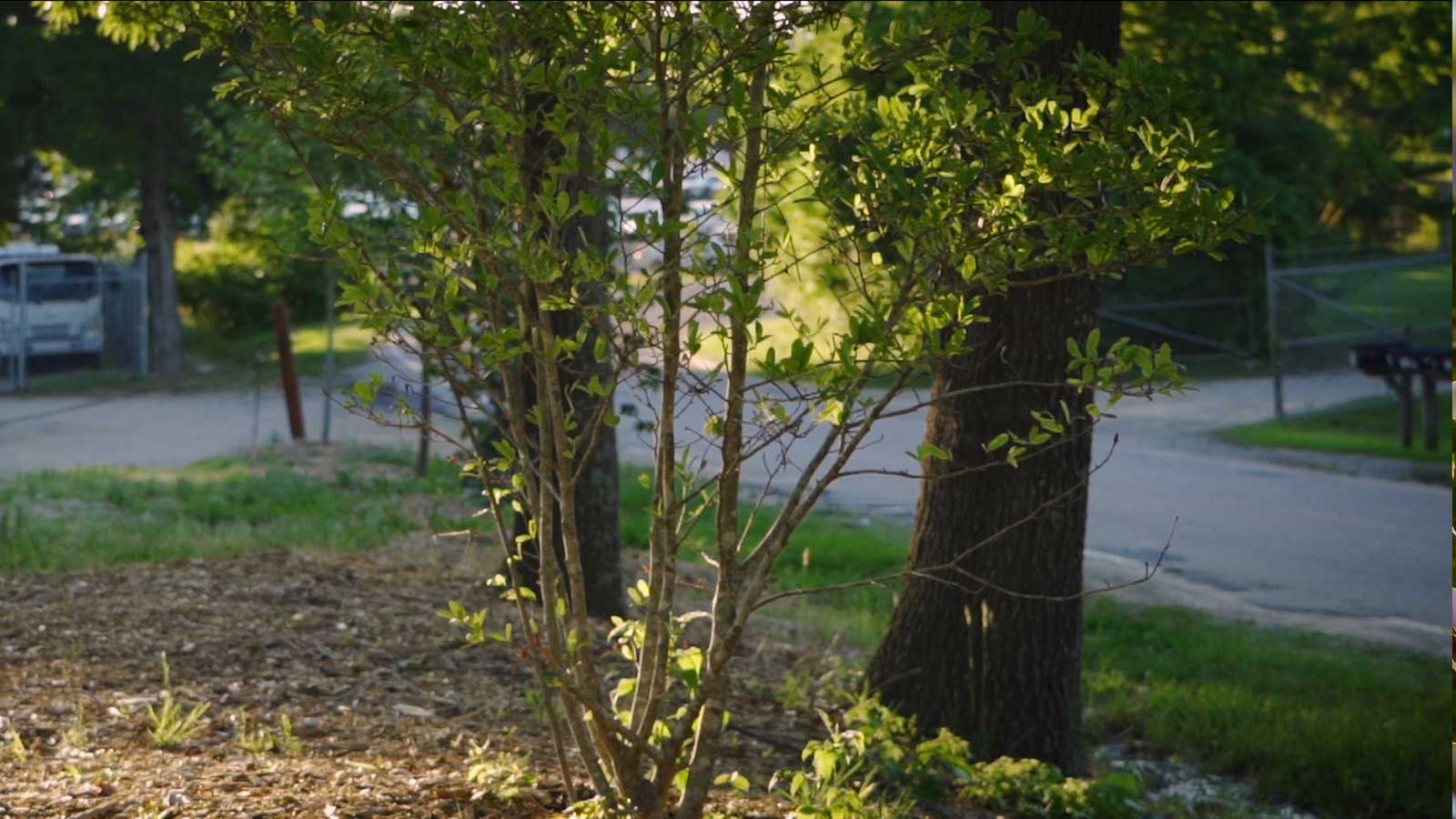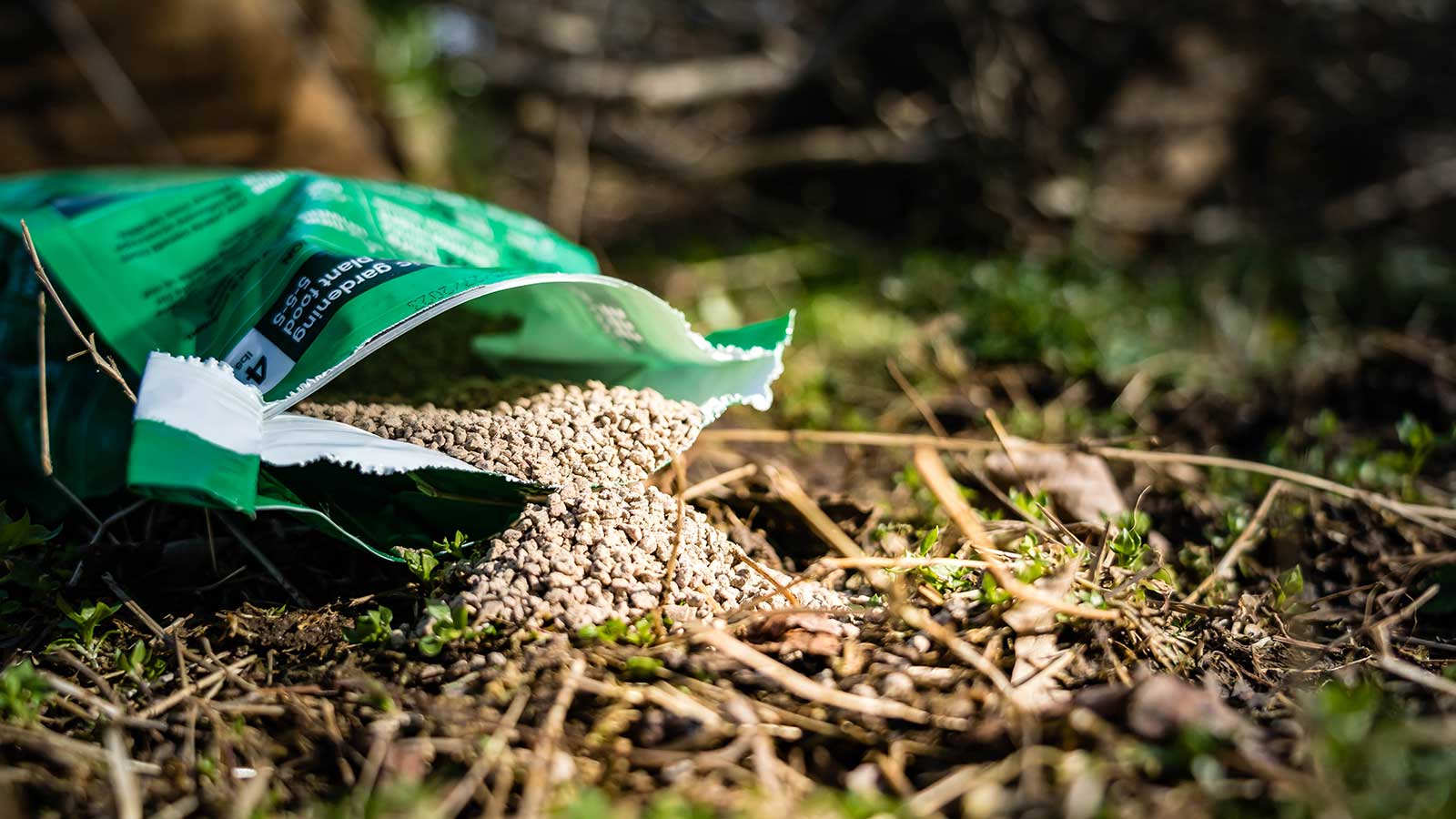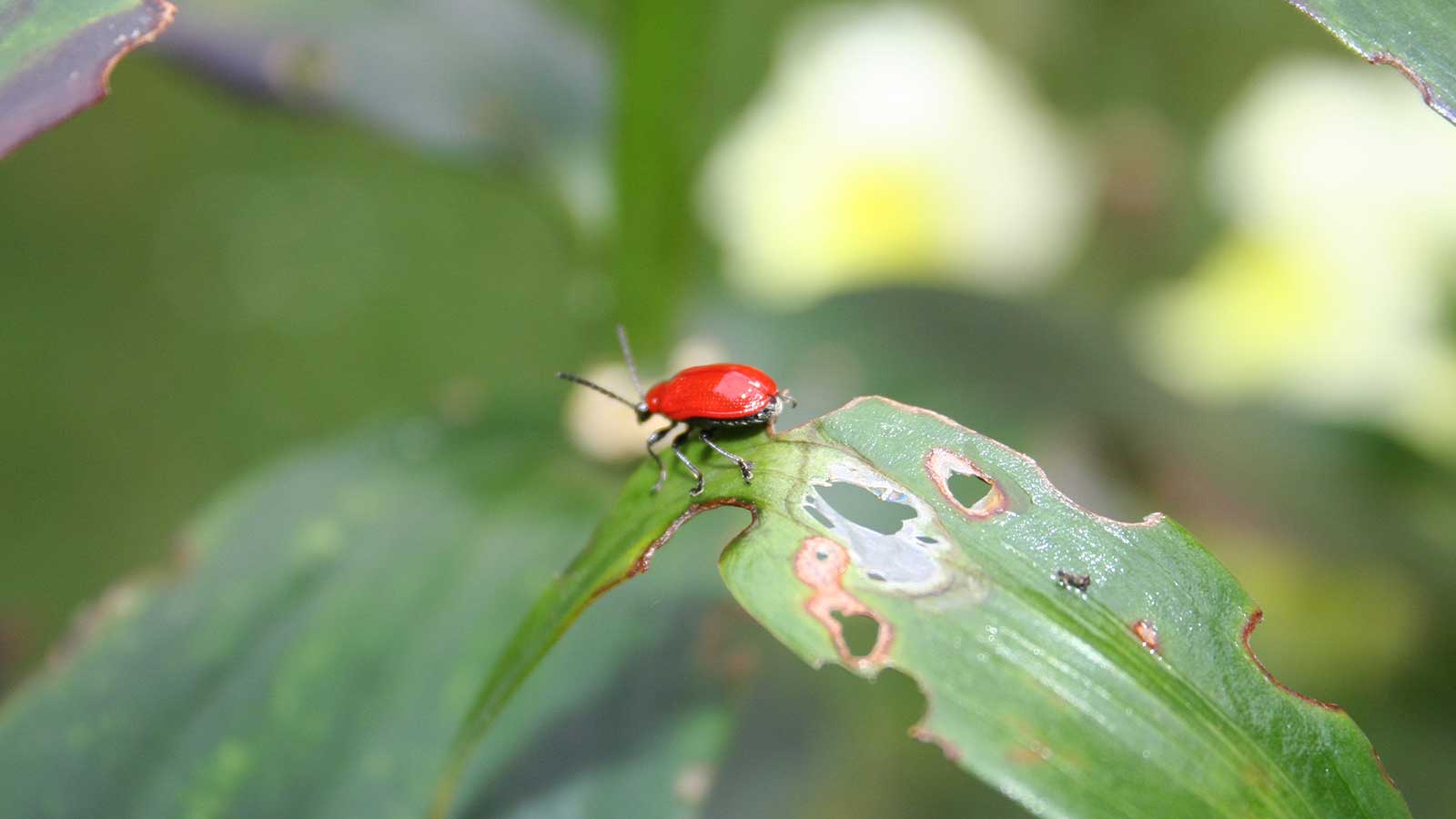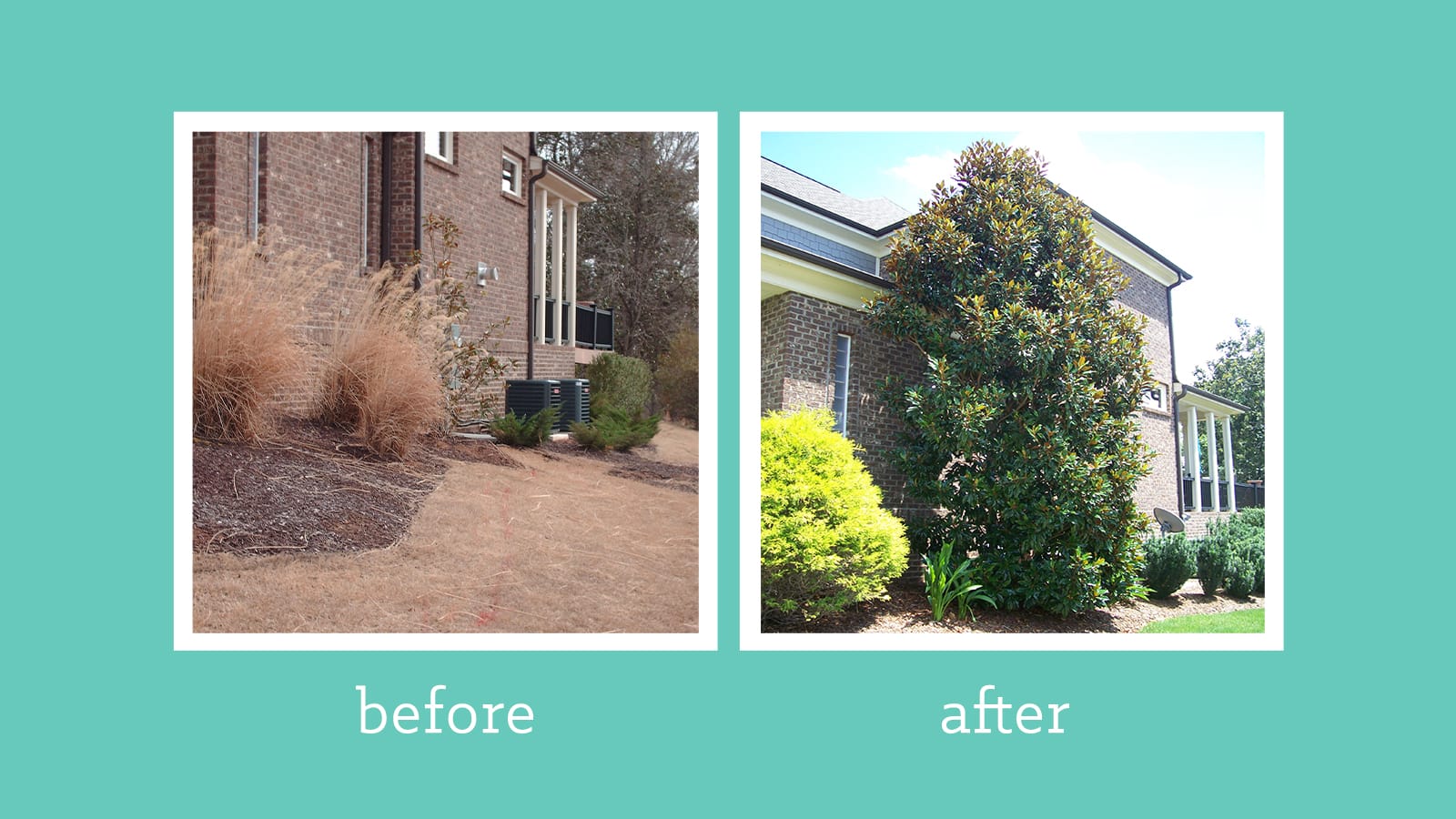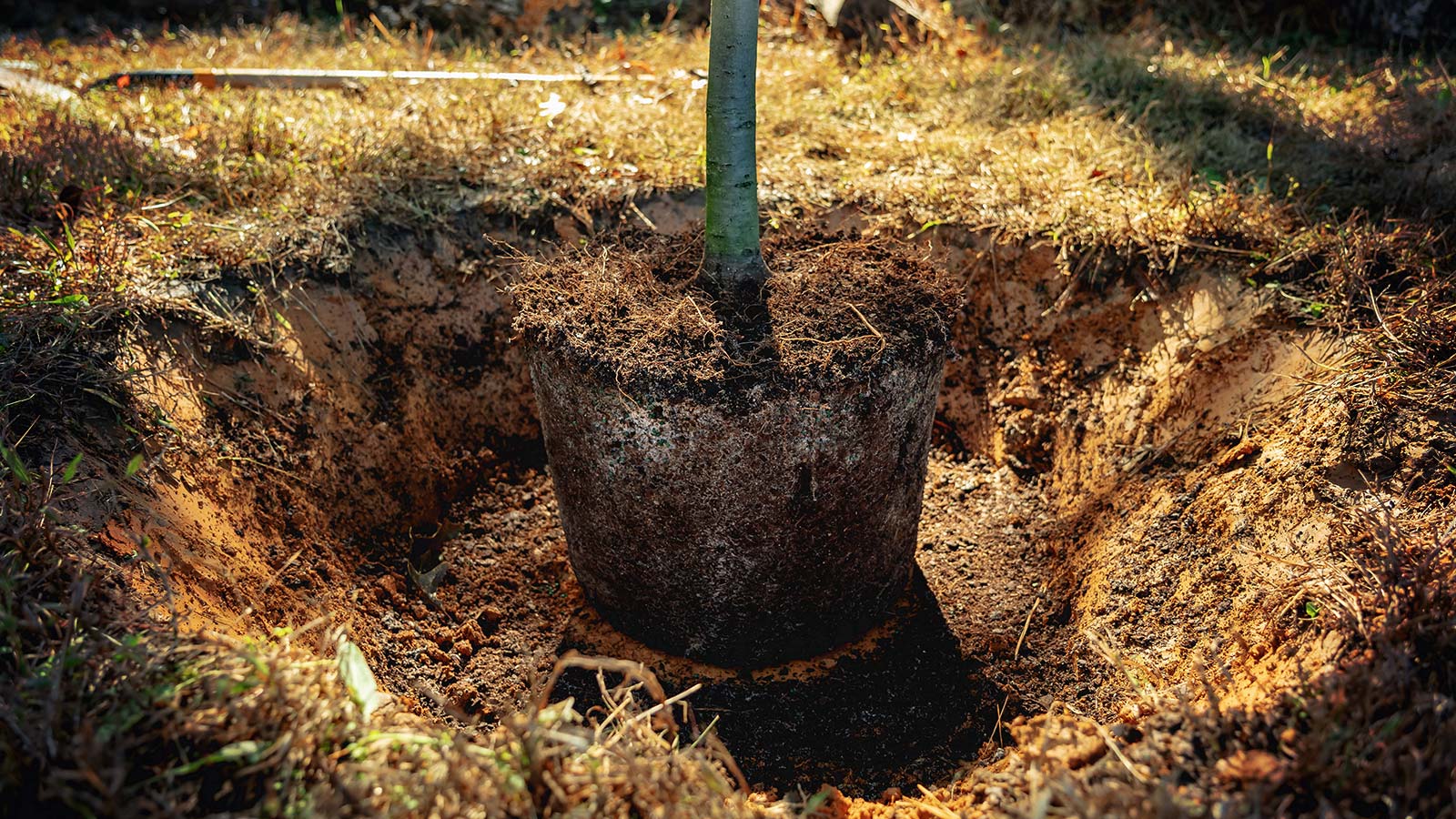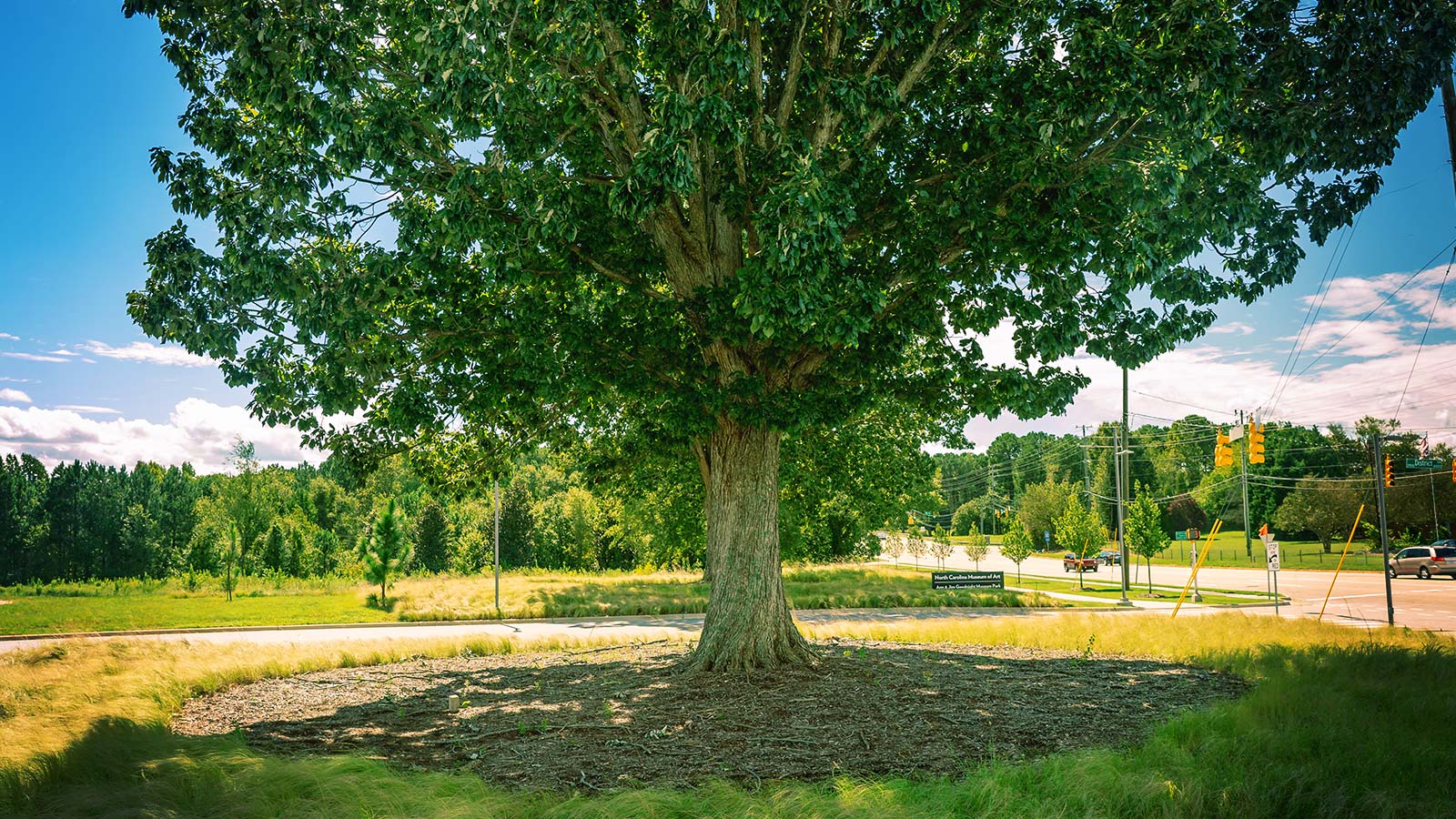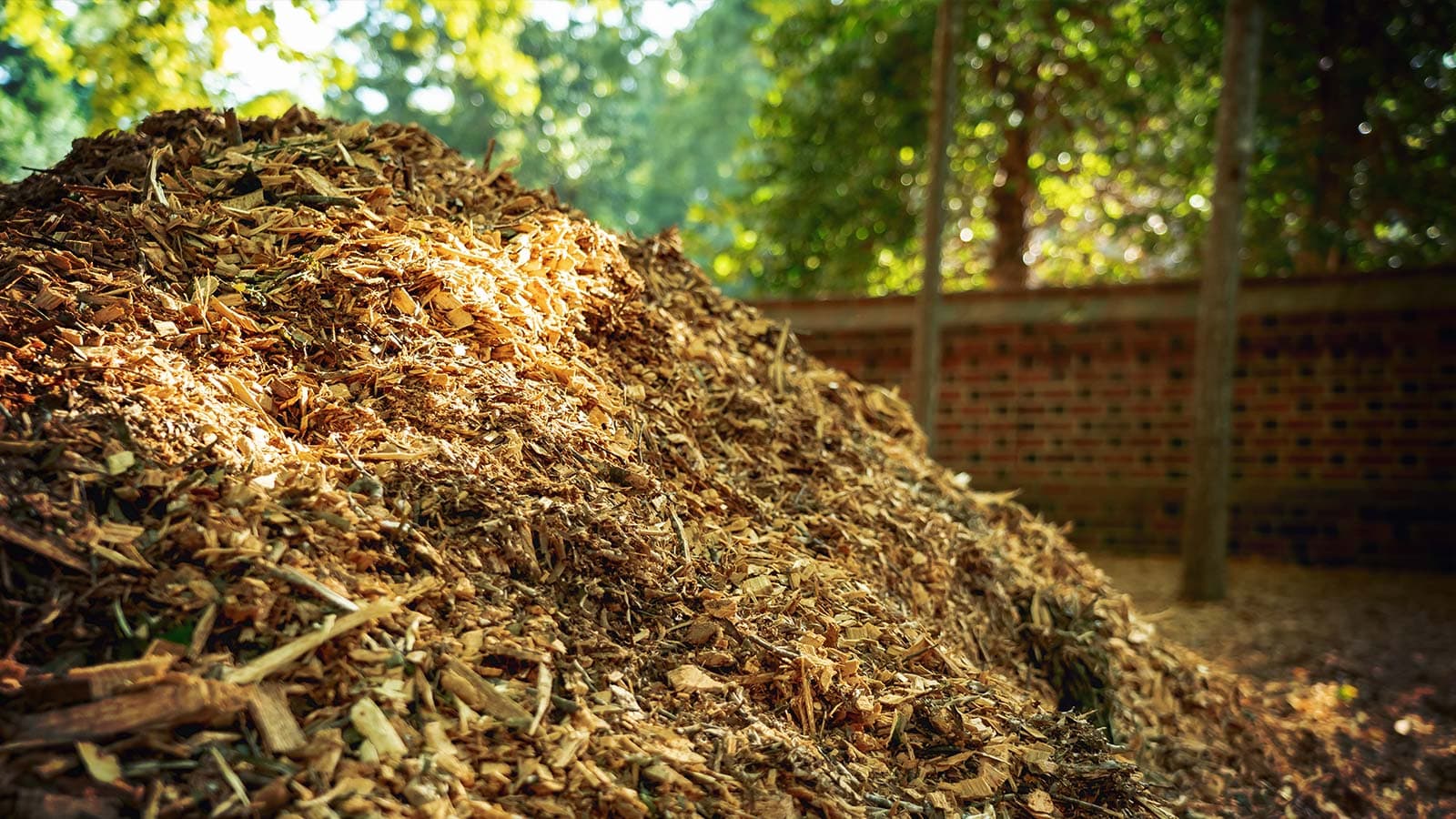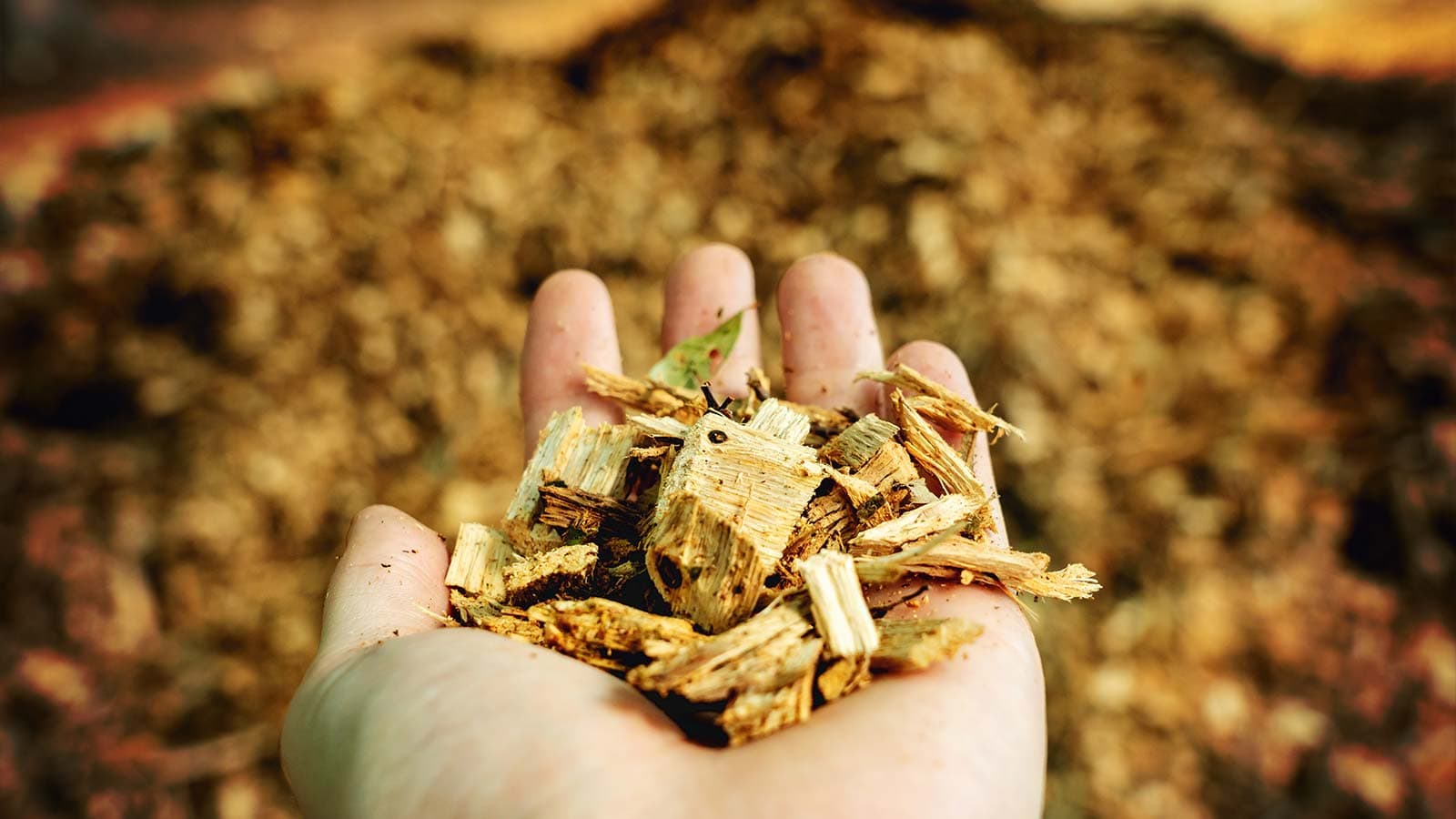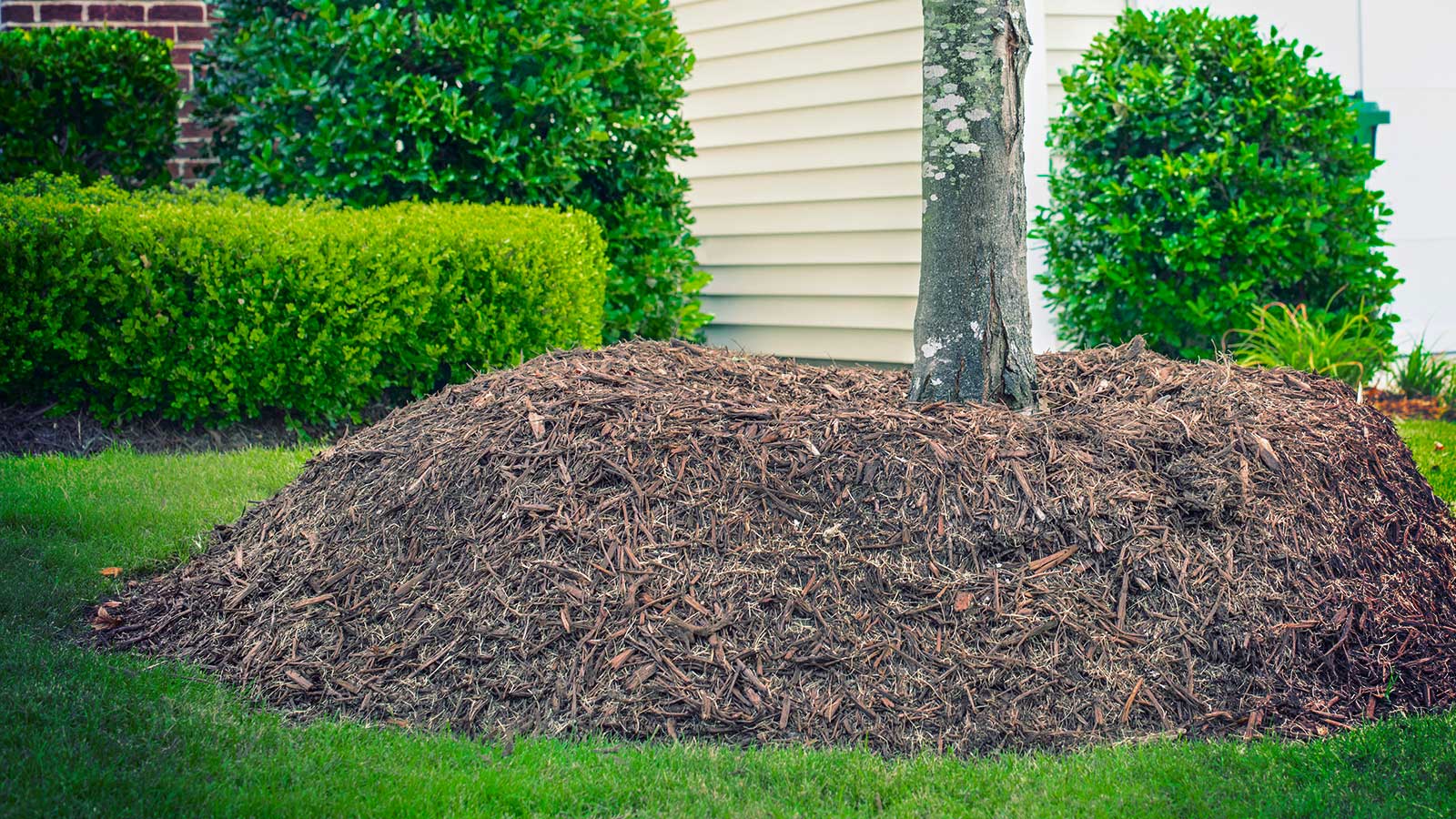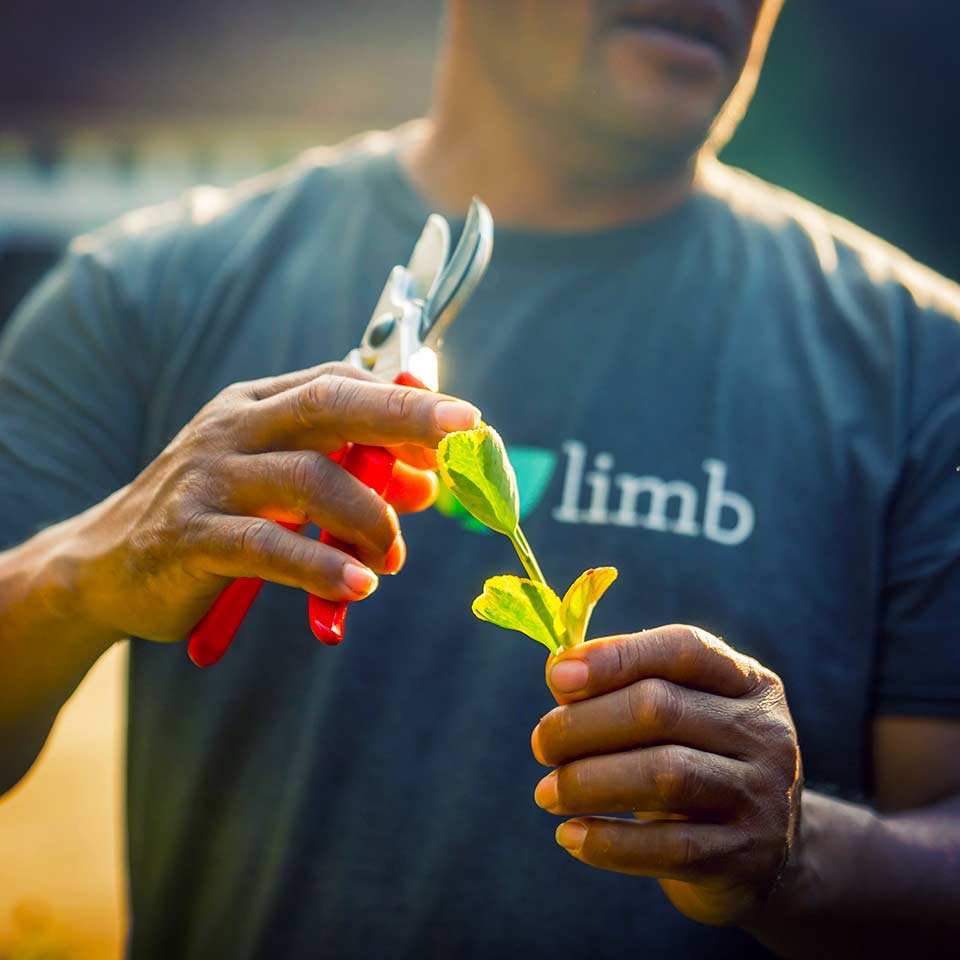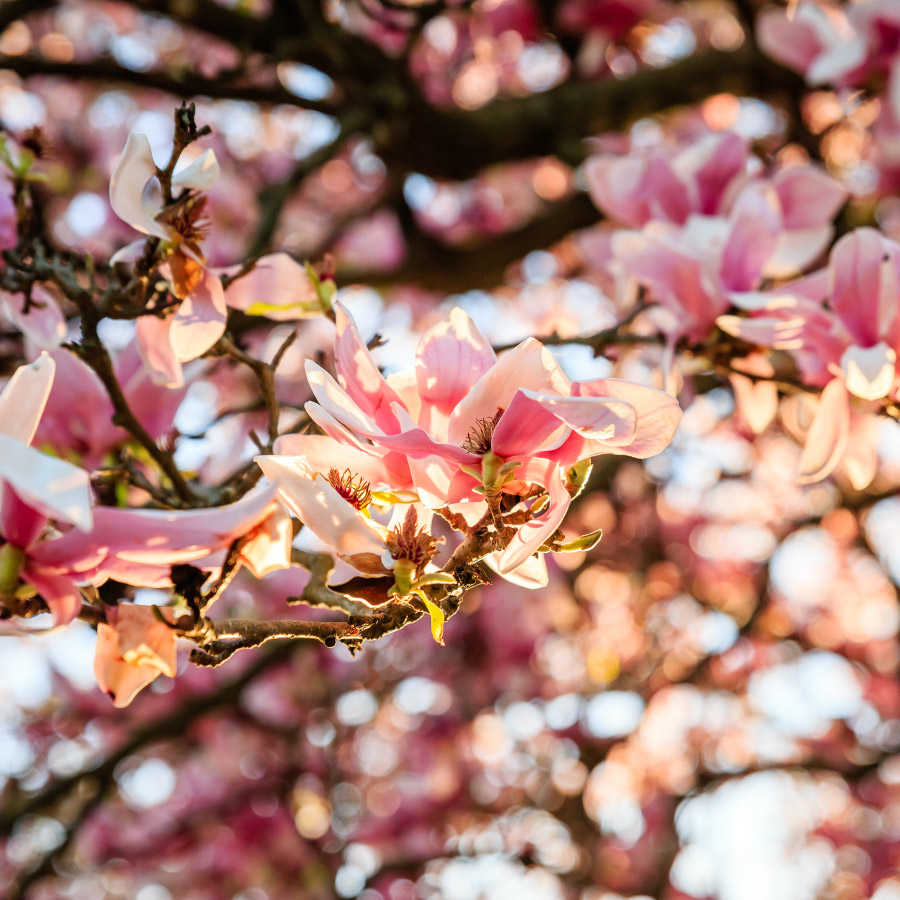How to Select a Safe Branch for a Tree Swing
The top 5 things to consider when selecting a branch for a tree swing.

Say you have a sturdy hickory or majestic oak tree in your backyard. Some branches arch far away from the trunk and there is lush, mossy grass below. It seems like the perfect place to put a tree swing.
But how do you decide which branch to put the tree swing on?
We put together the top 5 things to look for when selecting a branch.

Do you see any rot or decay?
Inspect the branch carefully. Are the leaves out in the summer? Do you see a lot of mushrooms or decay? If you don't see leaves, but you do see a lot of mushrooms, you might want to pass and find a healthier branch. Also, be on the lookout for any large cracks or signs of wood-boring insects.

How big is the branch?
It might make sense to pick the most prominent branch, but it can be dangerous if it's too big. Branches that are more than 50% of the diameter of the trunk have less stable connections to the trunk and can break under their own weight.

Where is the branch located?
A branch should be long enough so that the swing doesn't hit the tree trunk when swinging. Make sure that it is well-spaced away from other branches so that the ropes or straps don't get tangled.

Don’t forget to look down.
What is underneath the swing is just as important as what is above. Don’t place a swing over large, protruding roots or hard surfaces like asphalt or concrete.

Use tree straps.
Using a rope or a chain can girdle a tree over time. This will eventually make the branch unsafe. Tree straps are wider and do less damage to the branch. If you can reach them, change the straps' location every few years so that the tree can heal.
These guidelines will only help you select an ideal branch. There are many other things to consider when installing a tree swing. If you want to be completely certain that a branch is safe, consult one of our Treecologists.
Healthy (and safe) Trees, Happy People.










